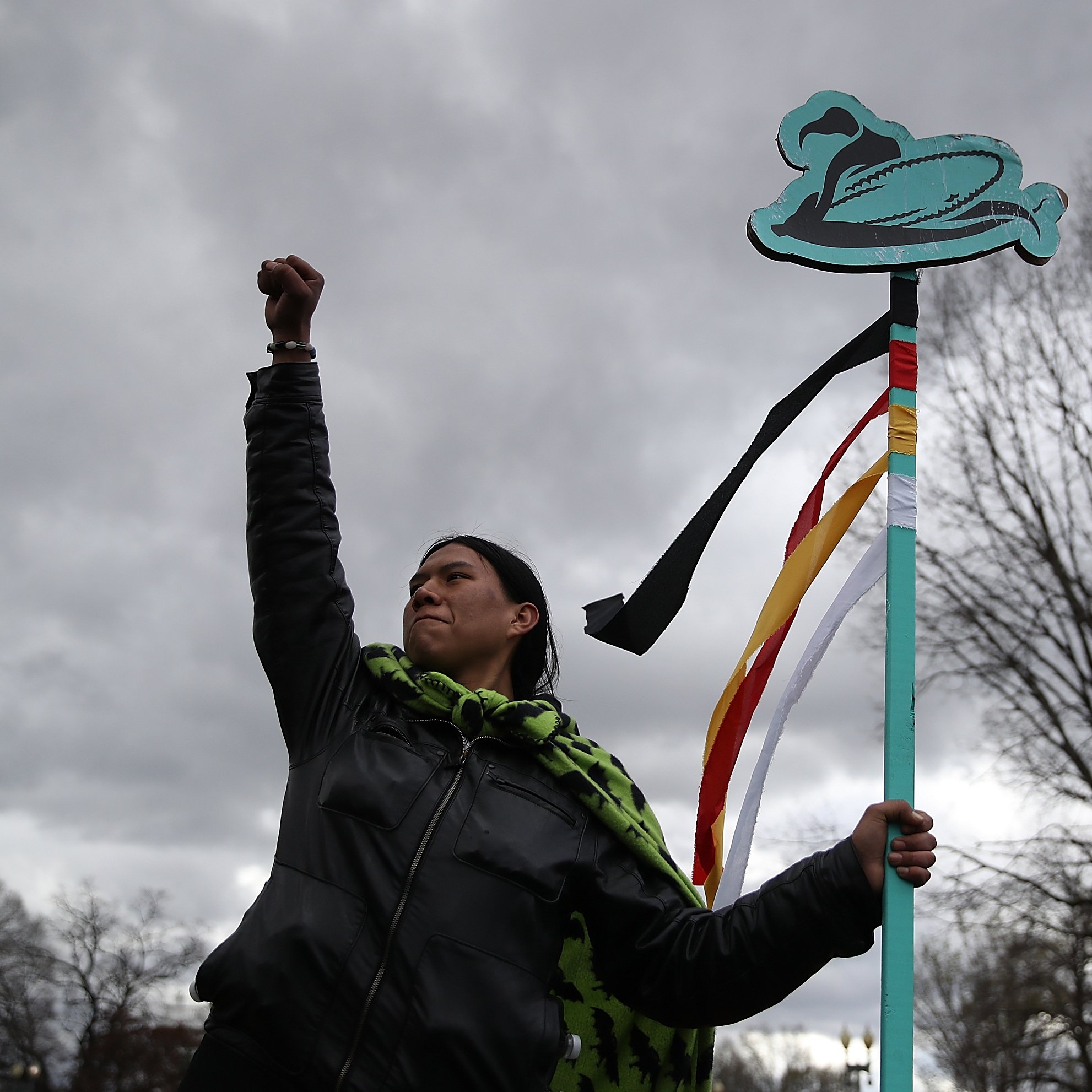

Thousands of years before Leif Erikson and Christopher Columbus arrived in North America, a different group of people came to the continent. While there are different theories as to how people first came to North America, the crossing of the Bering Land Bridge that connected Asia and North America is the most widely accepted one.
Scholars estimate that by the time Europeans began to settle the continent, nearly 10 million people had already been living in the continental United States. That number fell sharply after colonization, because of wars and the spread of diseases.
“What is generally agreed upon is that Native American populations in the United States reached their lowest point in 1900, with fewer than 250,000 living at that time,” Dr. Maurice Crandall, an assistant professor of Native American Studies at Dartmouth College, told 24/7 Wall St. in October.
24/7 Wall St. reviewed population data across the country using the U.S Census Bureau’s 2015 American Community Survey to identify the Native American tribe or nation with the largest population in each state. Today, 5,516,157 Americans identify as at least half Native American, with more than 2.5 million fully Native American. The Cherokee Nation are the most prevalent Native group in the country, comprising the majority of the indigenous population in 22 U.S. states.
Native Americans mostly reside in sovereign nations within U.S. borders. Over time, many have moved to cities and towns outside reservations, increasing the Native population in different regions of the country.
The long history of forced relocation and later migration has also impacted the demographics of Native populations across the United States. In fact, the Native group the largest number of residents identify with in each state is not necessarily indigenous to that state. The Blackfeet Nation, for example, is the largest American Indian group in New Hampshire even though they originated in present-day Montana.
Hawai’i is altogether different from the continental United States. The state’s indigenous Pacific Islanders and native Hawaiians are not considered Native American as they are not related to the Native American population that is found in the continental United States. Of the more than 3,000 Native Americans living in the state, nearly 500 are Cherokee, the most of any Native American group.
Click here to see the largest Native American population in every state
To identify the largest native population in every state, 24/7 Wall St. reviewed population data from the U.S Census Bureau’s 2015 American Community Survey. All data are five-year estimates. These figures are based on the tribe or nation those surveyed by the Census self-identified as belonging to. For this reason, these figures do not align with the number of members counted by tribes or nations.
We excluded members of the population who did not identify as a member of any particular group or identified as members of two or more groups. We also excluded those who identified with a group not shown separately in the Census data, such as the Abenaki, Catawba, Eastern Tribes, Kickapoo, Mattaponi, Quapaw, Shawnee, and Yuchi.
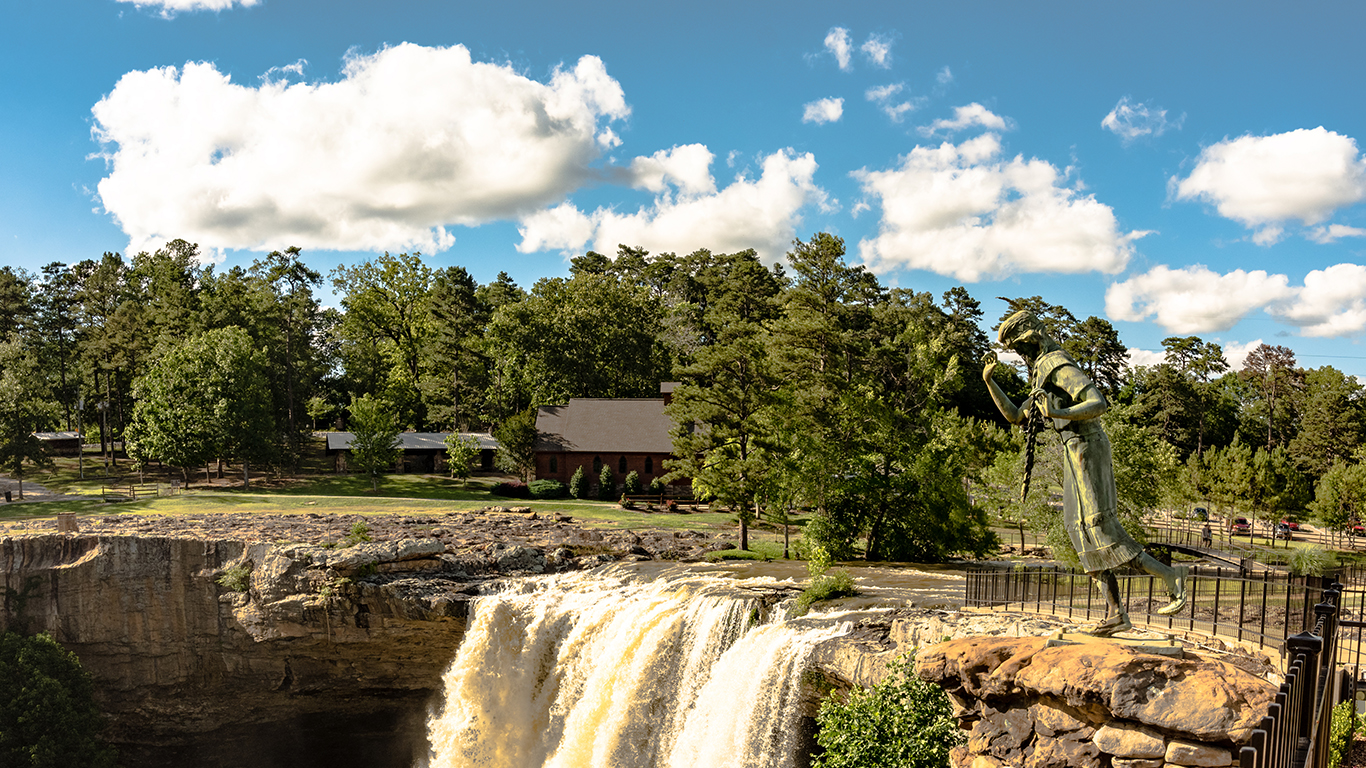
1. Alabama
> Largest Native group: Cherokee (pop: 8,870)
> Total Native population: 23,850
> Total state population: 4,863,300
[in-text-ad]
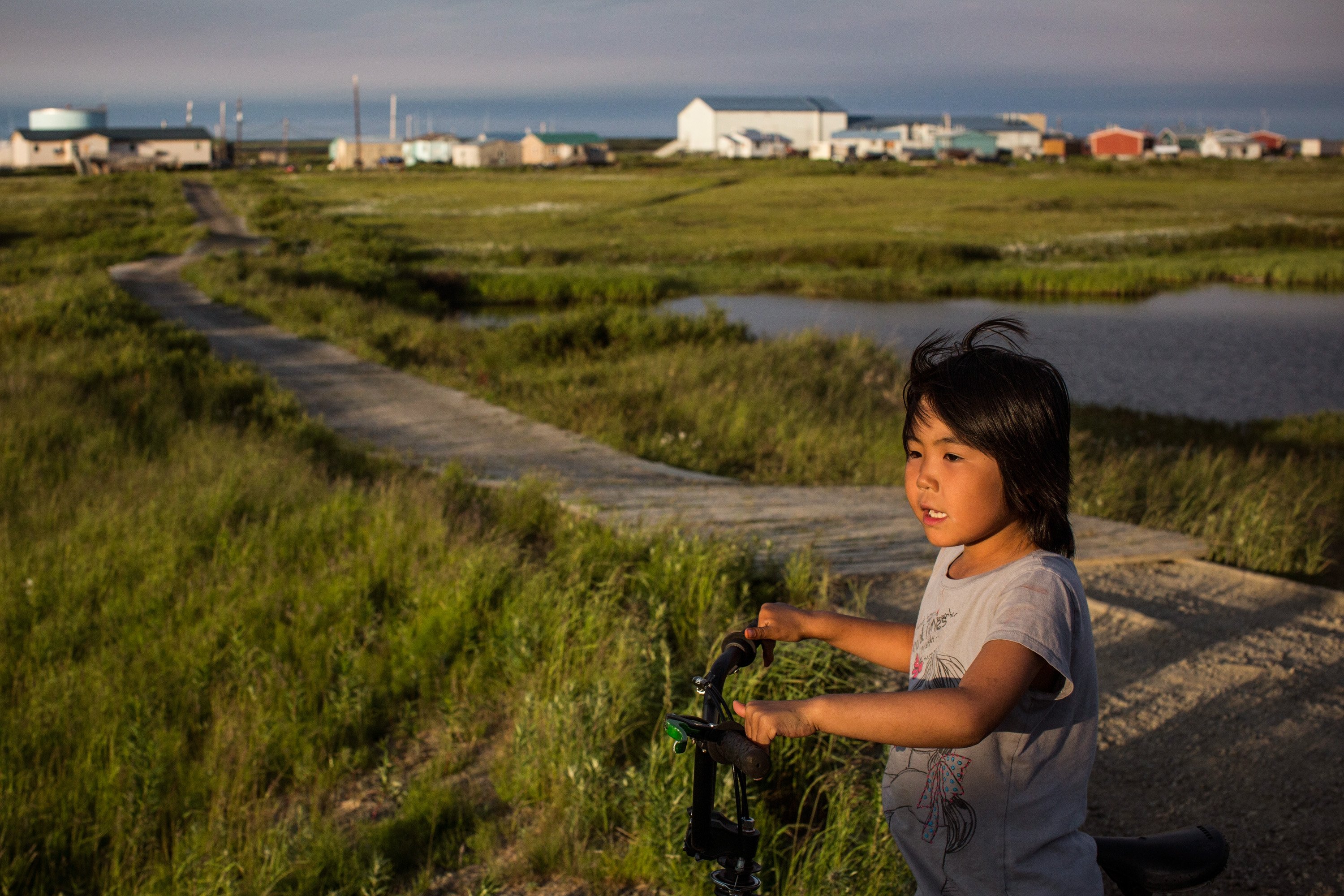
2. Alaska
> Largest Native group: Yup’ik (pop: 32,721)
> Total Native population: 101,313
> Total state population: 741,894
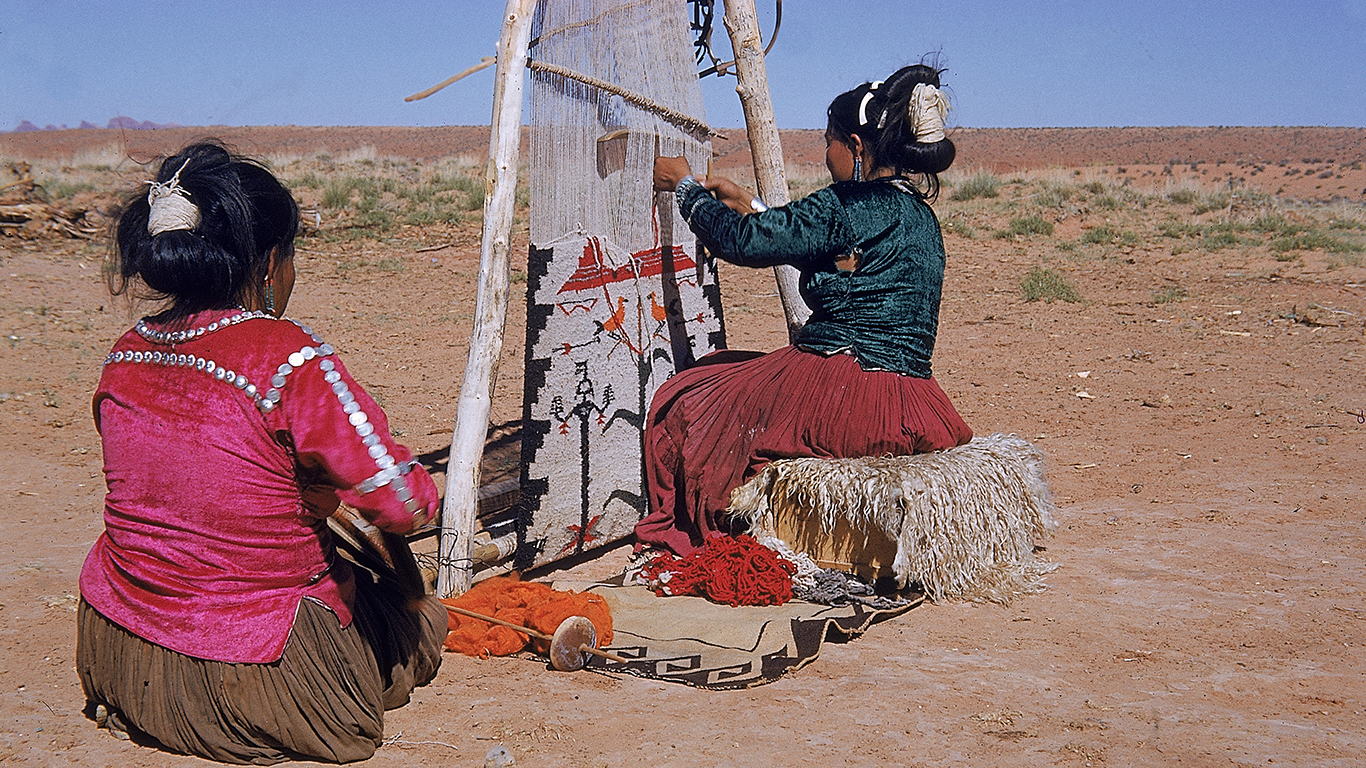
3. Arizona
> Largest Native group: Navajo (pop: 145,393)
> Total Native population: 294,721
> Total state population: 6,931,071
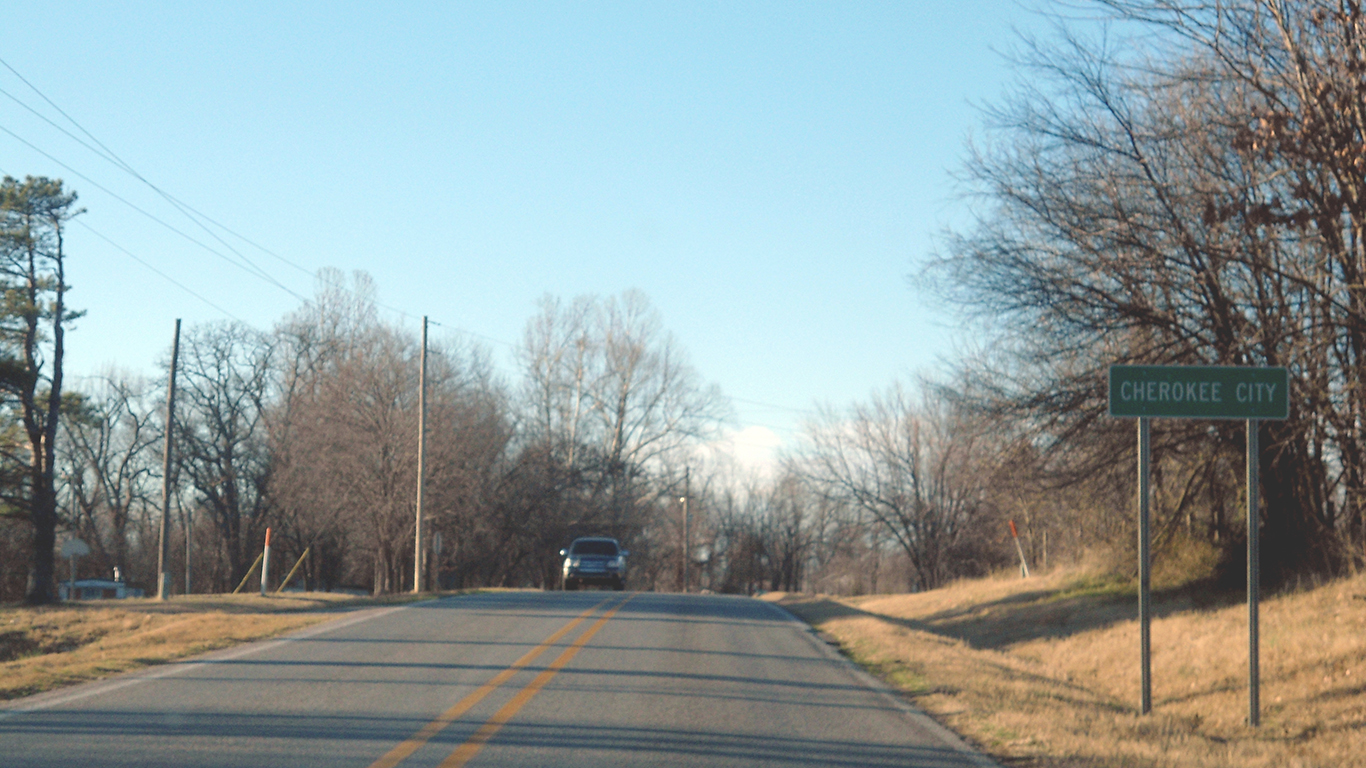
4. Arkansas
> Largest Native group: Cherokee (pop: 7,274)
> Total Native population: 18,409
> Total state population: 2,988,248
[in-text-ad-2]
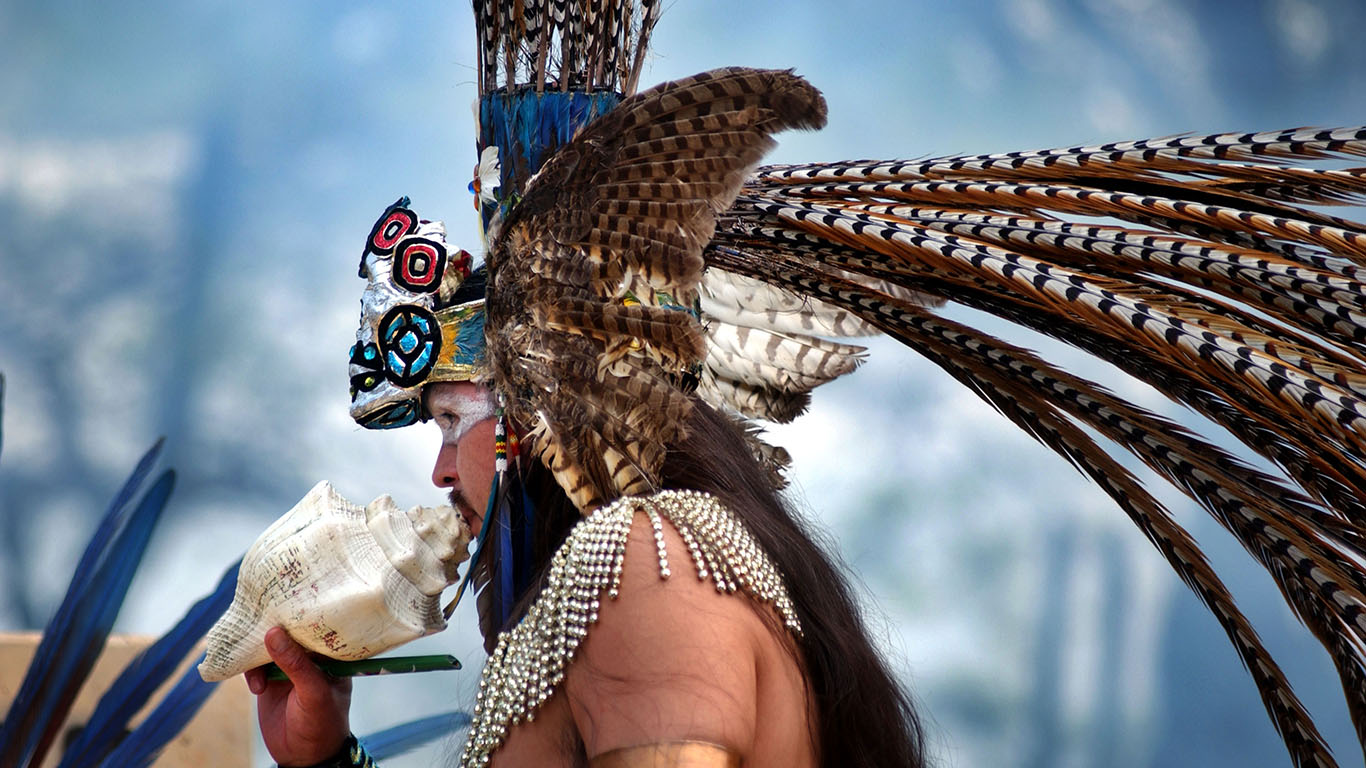
5. California
> Largest Native group: Mexican American Indian (pop: 40,588)
> Total Native population: 287,028
> Total state population: 39,250,017
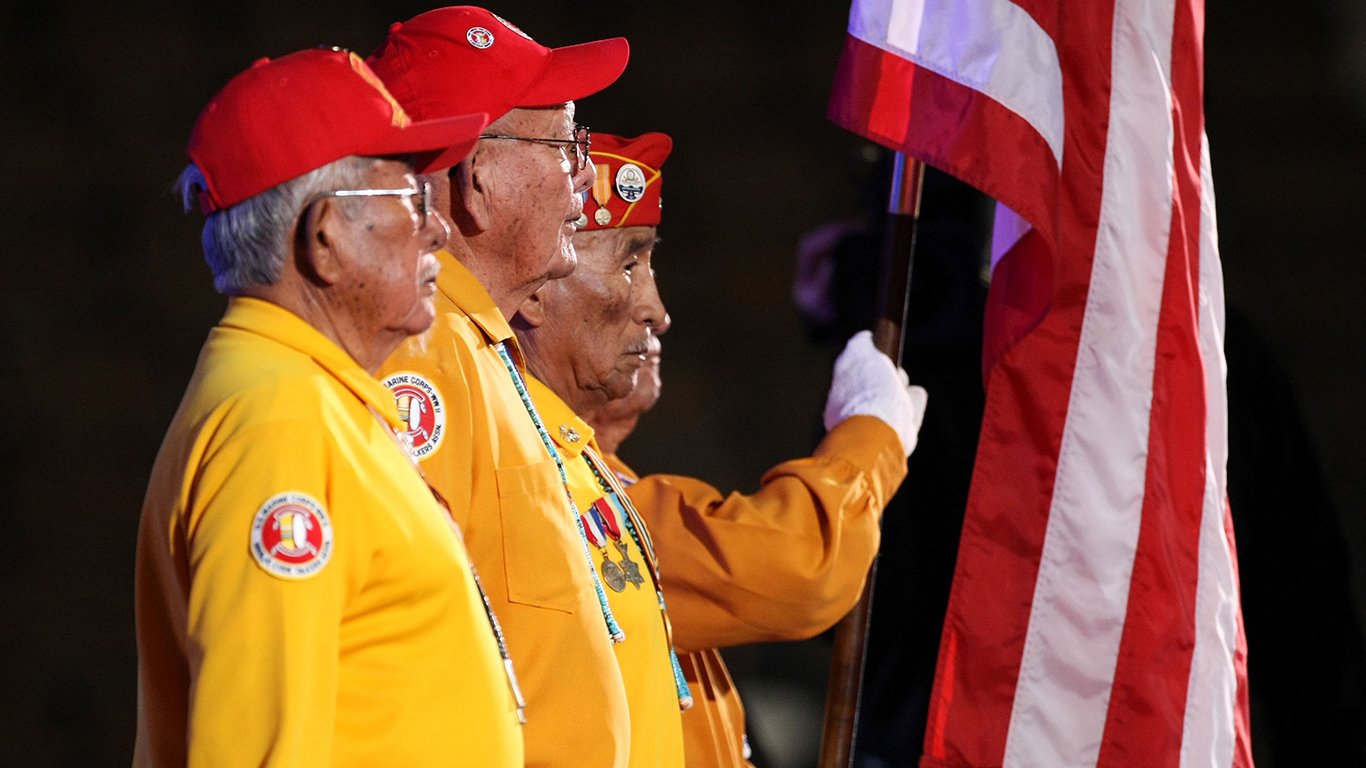
6. Colorado
> Largest Native group: Navajo (pop: 6,213)
> Total Native population: 50,008
> Total state population: 5,540,545
[in-text-ad]
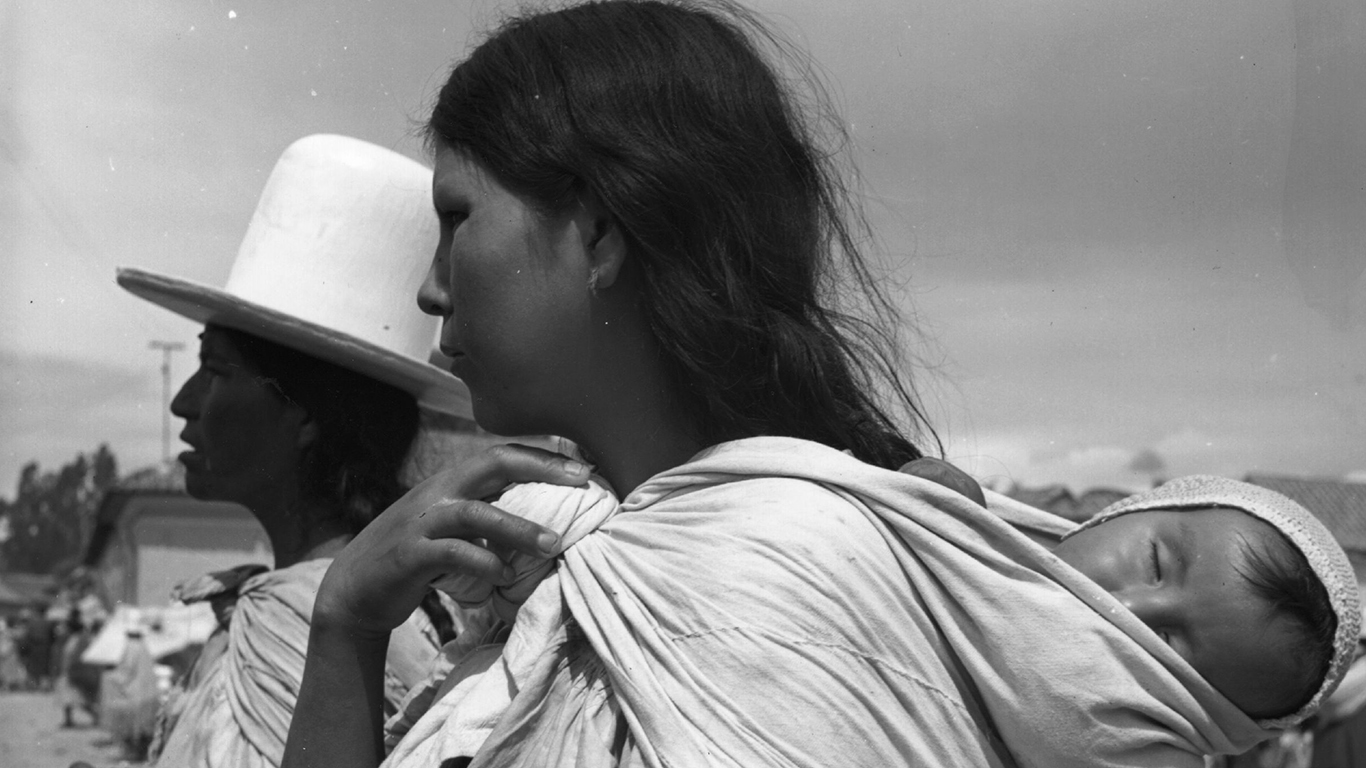
7. Connecticut
> Largest Native group: South American Indian (pop: 1,192)
> Total Native population: 8,908
> Total state population: 3,576,452
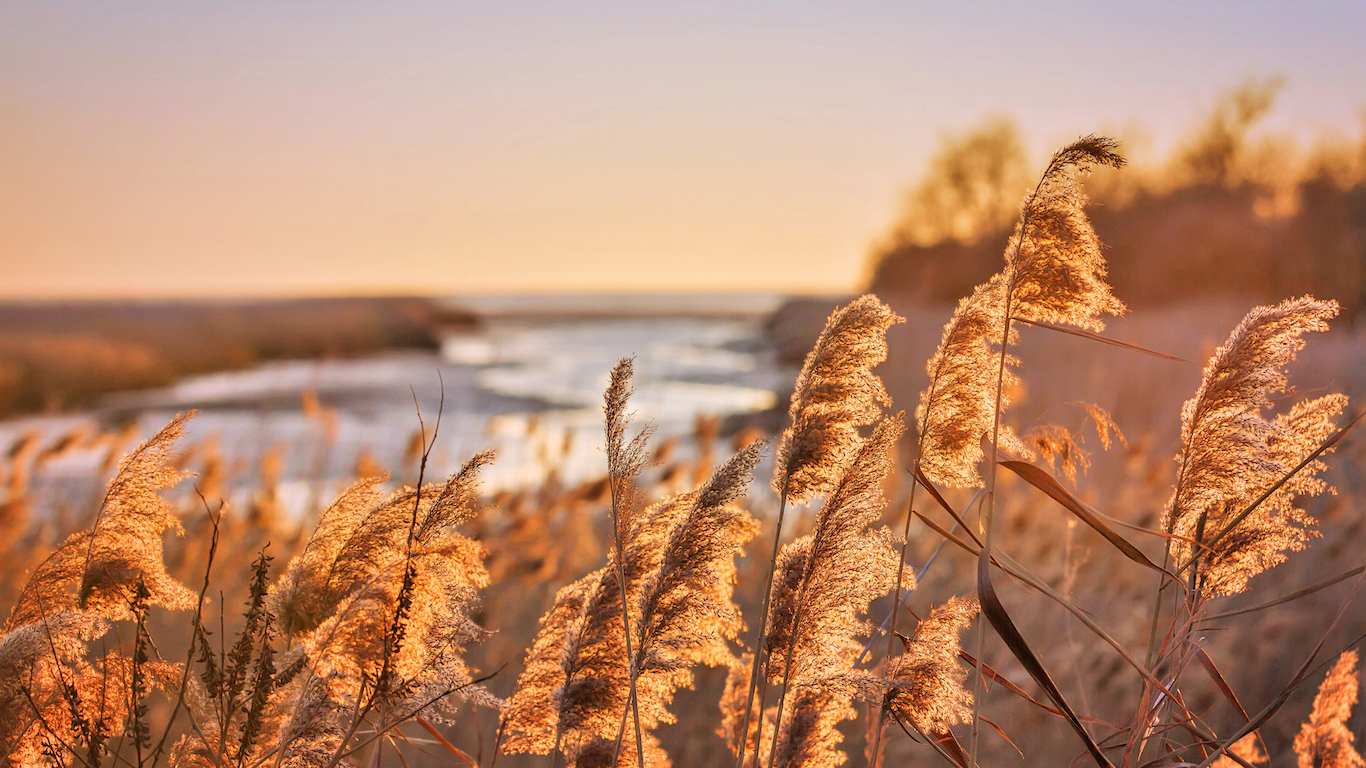
8. Delaware
> Largest Native group: Cherokee (pop: 394)
> Total Native population: 3,140
> Total state population: 952,065
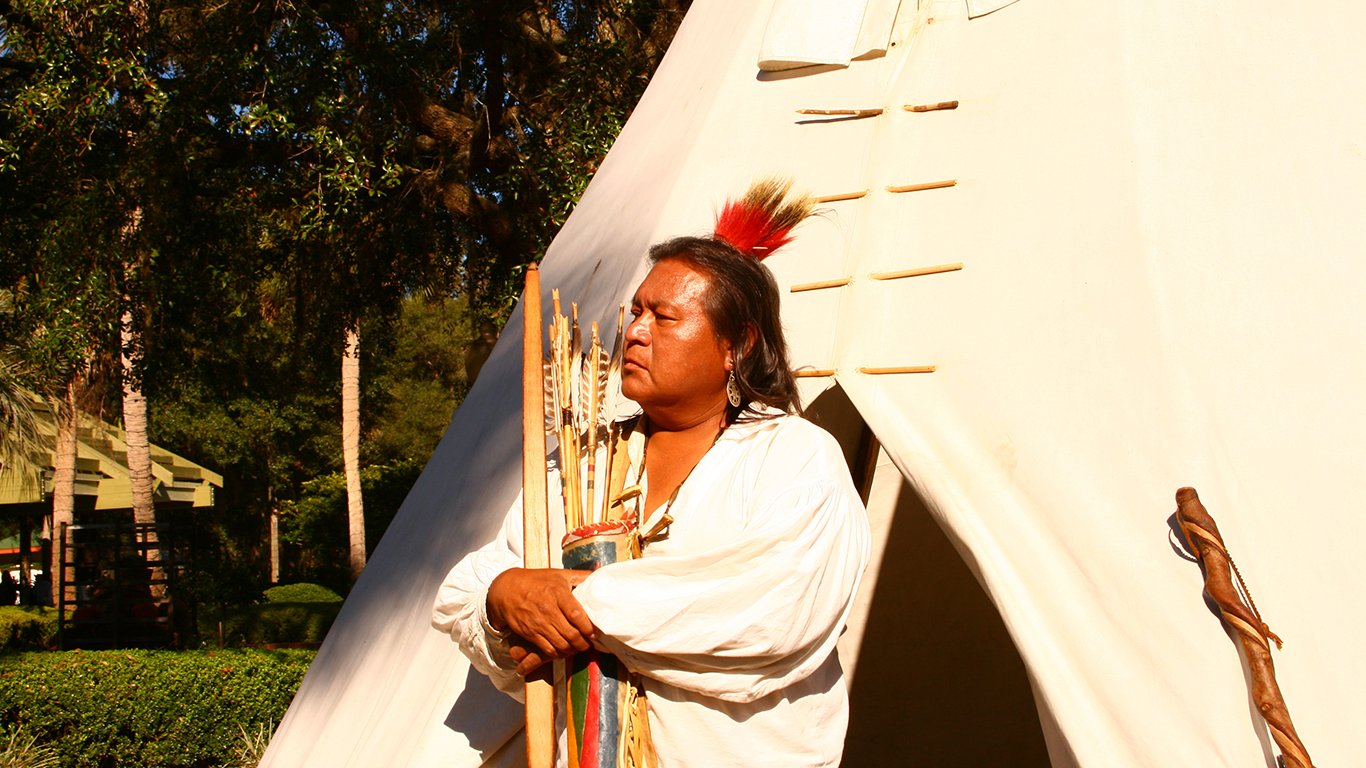
9. Florida
> Largest Native group: Cherokee (pop: 9,632)
> Total Native population: 54,569
> Total state population: 20,612,439
[in-text-ad-2]
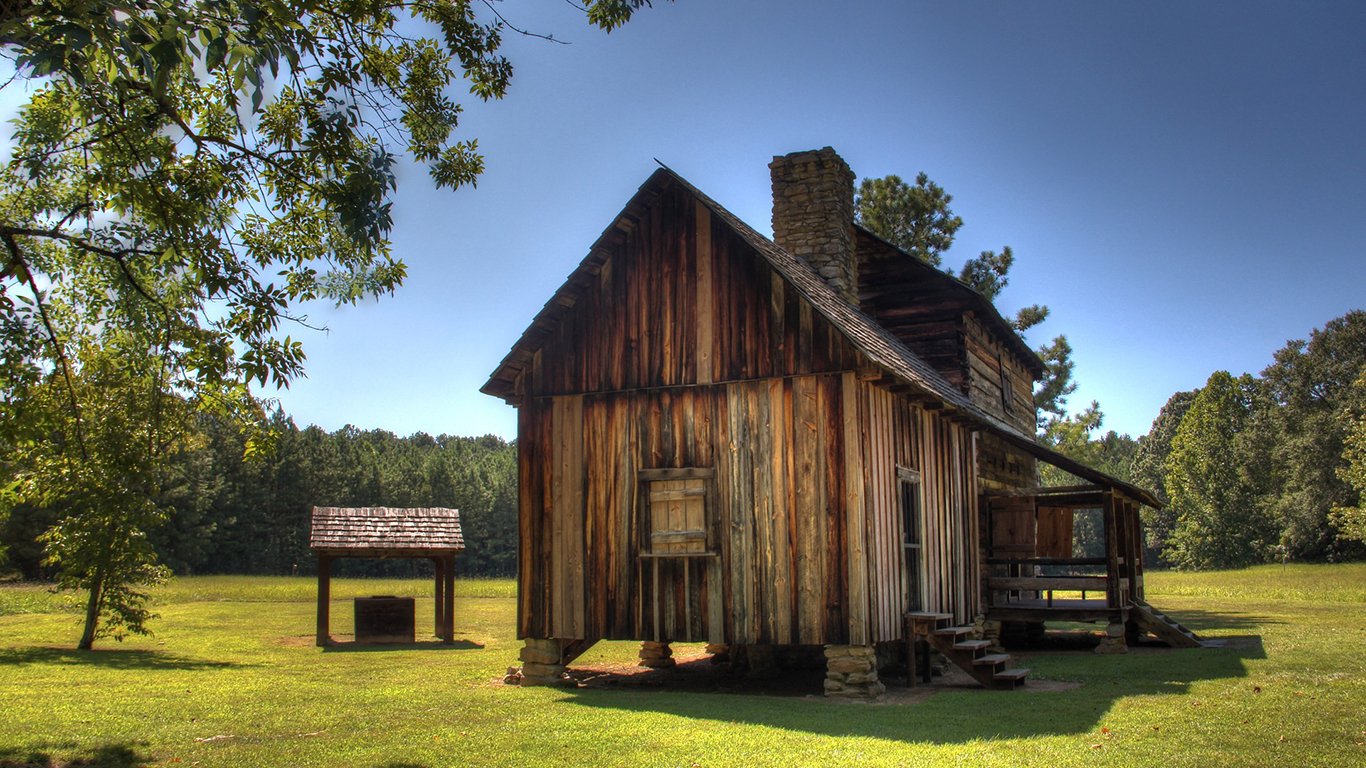
10. Georgia
> Largest Native group: Cherokee (pop: 6,231)
> Total Native population: 25,887
> Total state population: 10,310,371
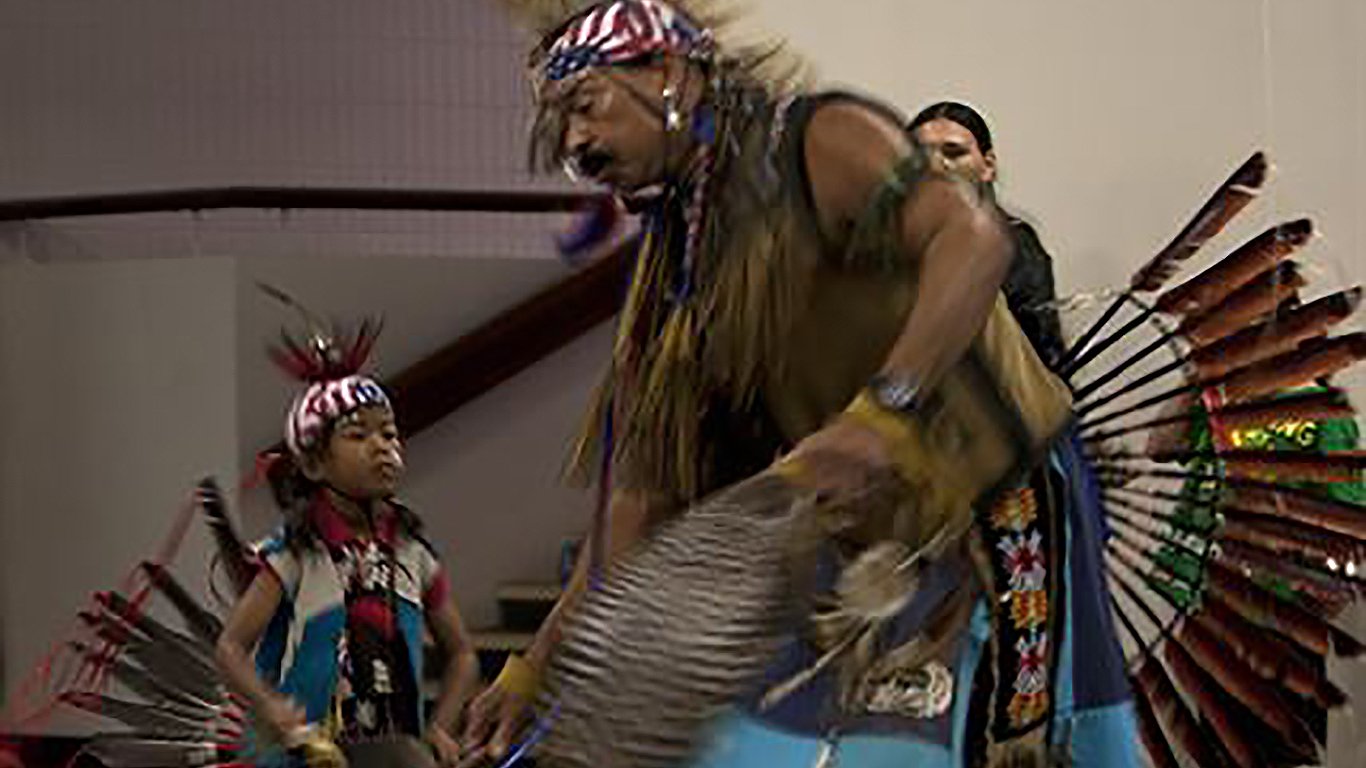
11. Hawaii
> Largest Native group: Cherokee (pop: 491)
> Total Native population: 3,012
> Total state population: 1,428,557
[in-text-ad]
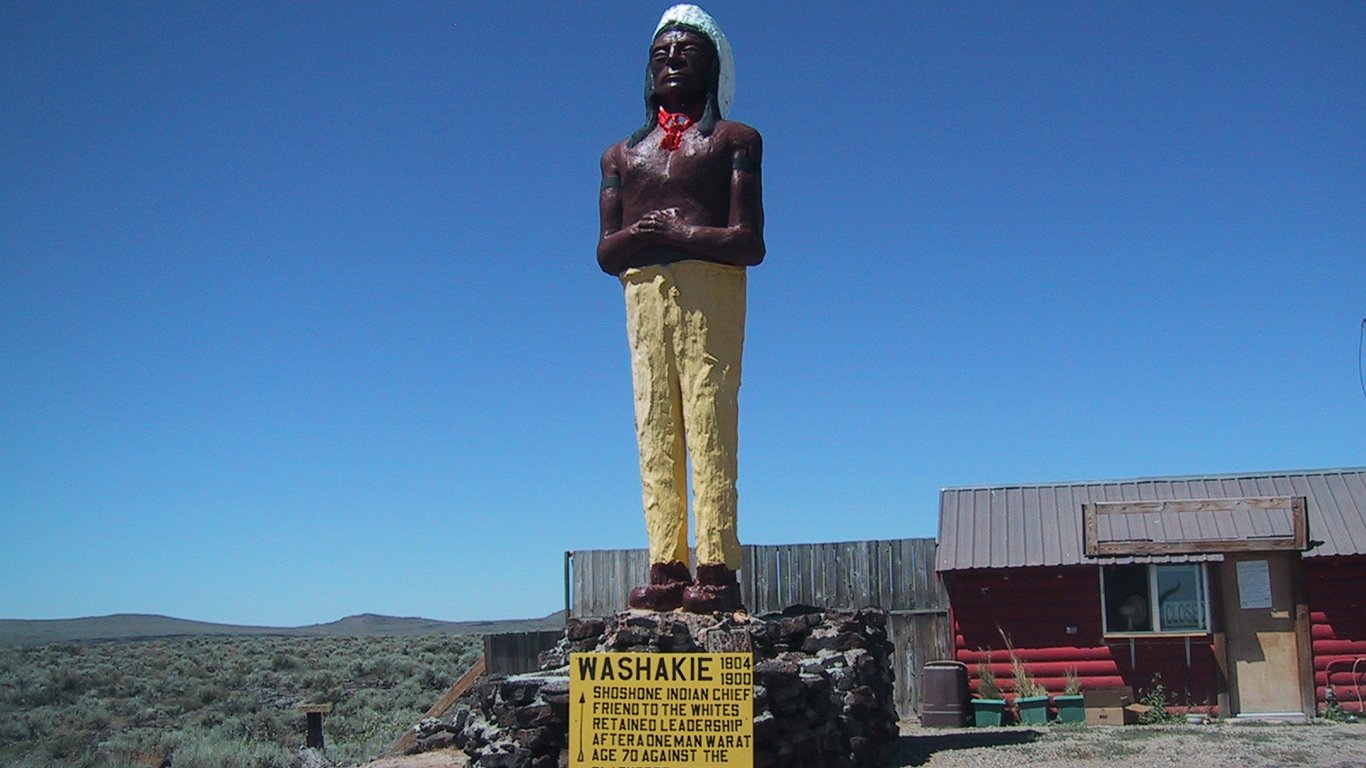
12. Idaho
> Largest Native group: Shoshone (pop: 1,139)
> Total Native population: 20,504
> Total state population: 1,683,140
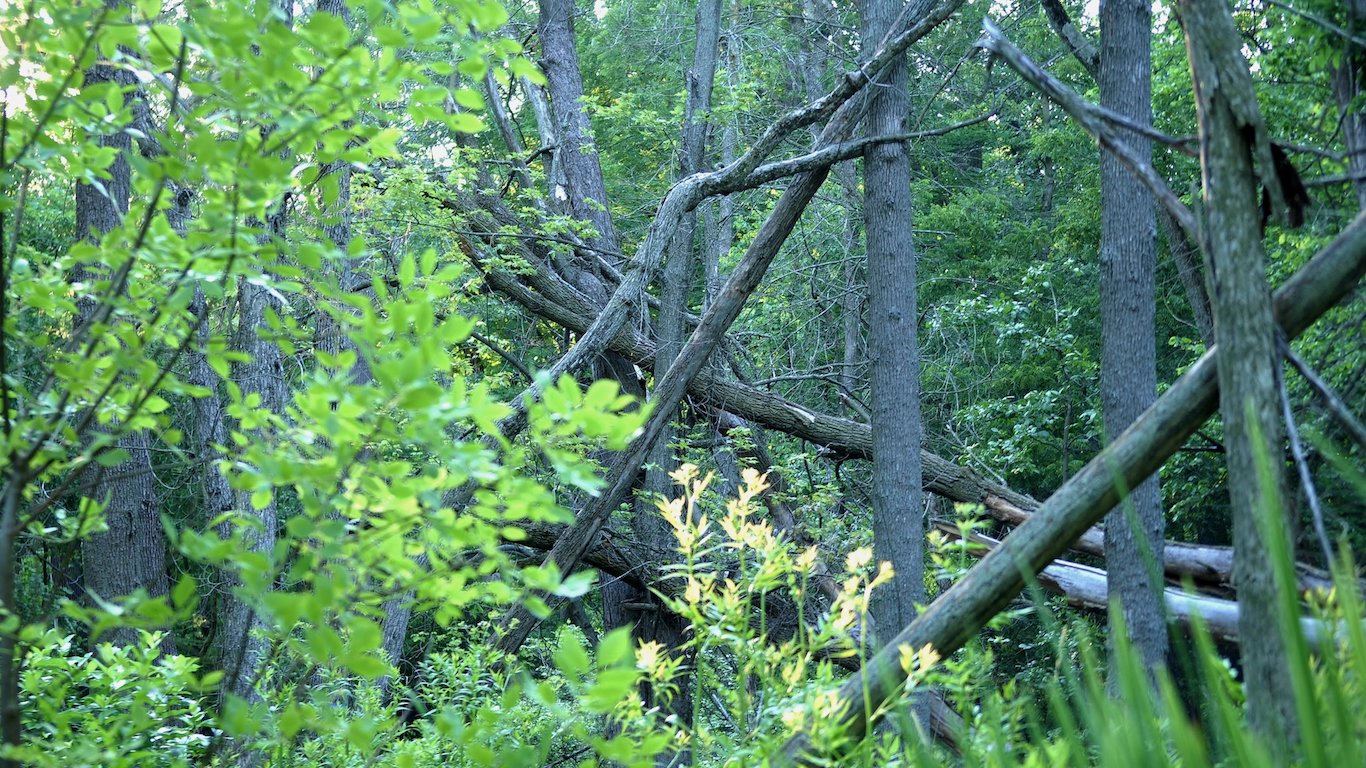
13. Illinois
> Largest Native group: Mexican American Indian (pop: 3,320)
> Total Native population: 28,363
> Total state population: 12,801,539
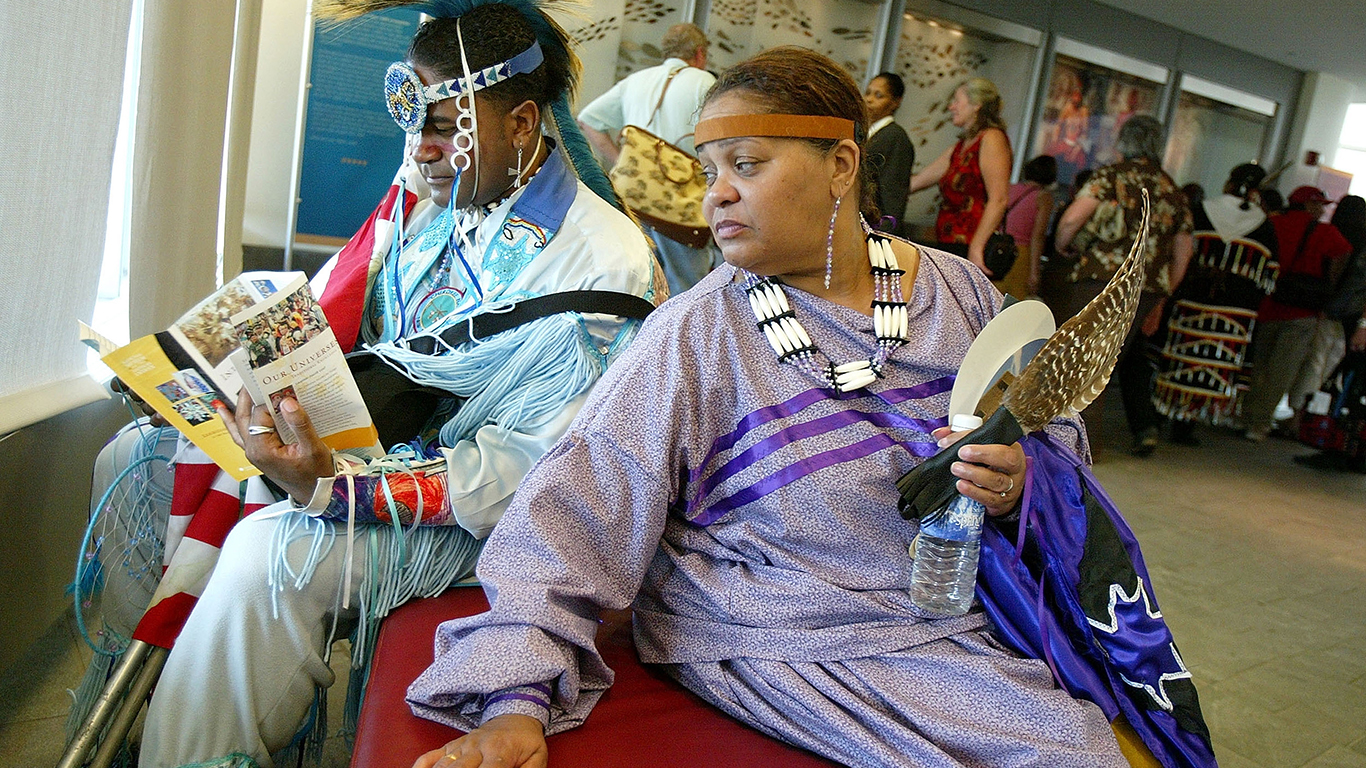
14. Indiana
> Largest Native group: Cherokee (pop: 3,241)
> Total Native population: 14,793
> Total state population: 6,633,053
[in-text-ad-2]
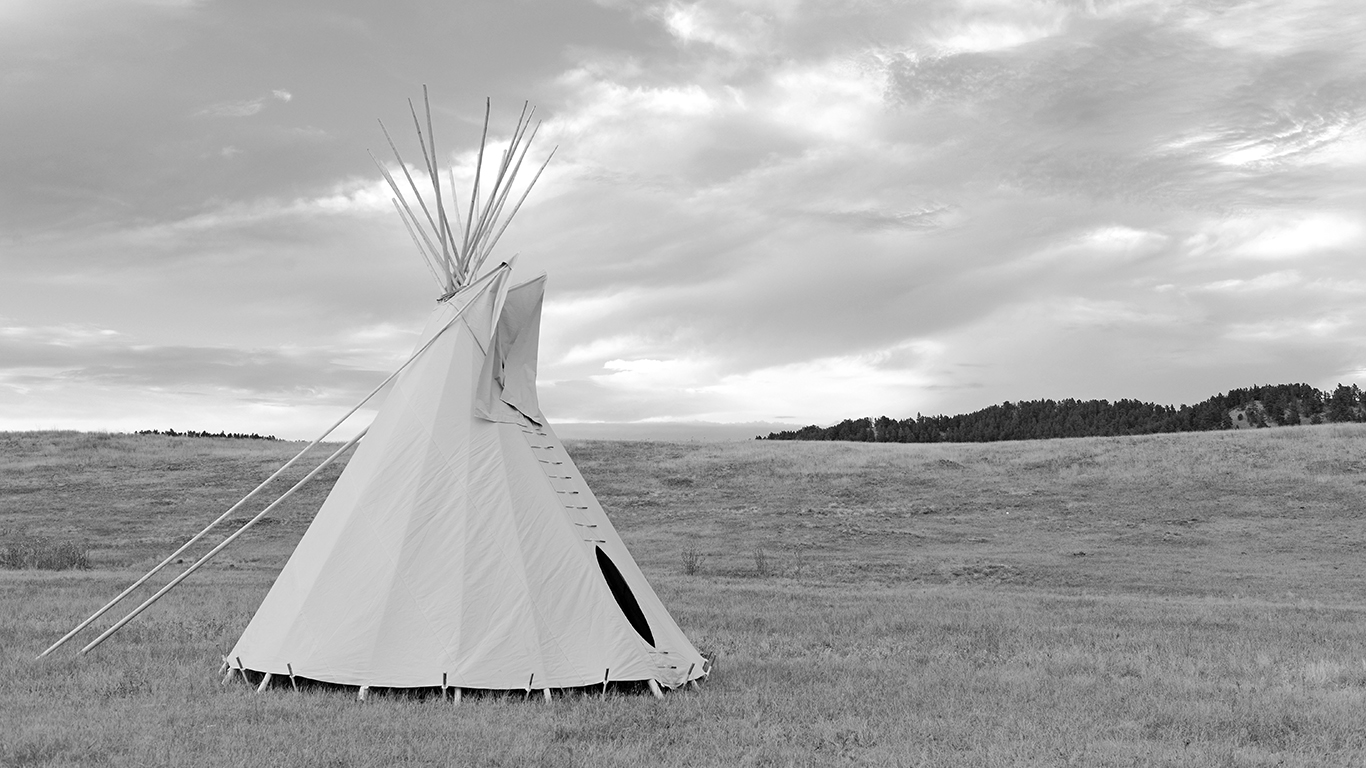
15. Iowa
> Largest Native group: Sioux (pop: 1,467)
> Total Native population: 9,977
> Total state population: 3,134,693
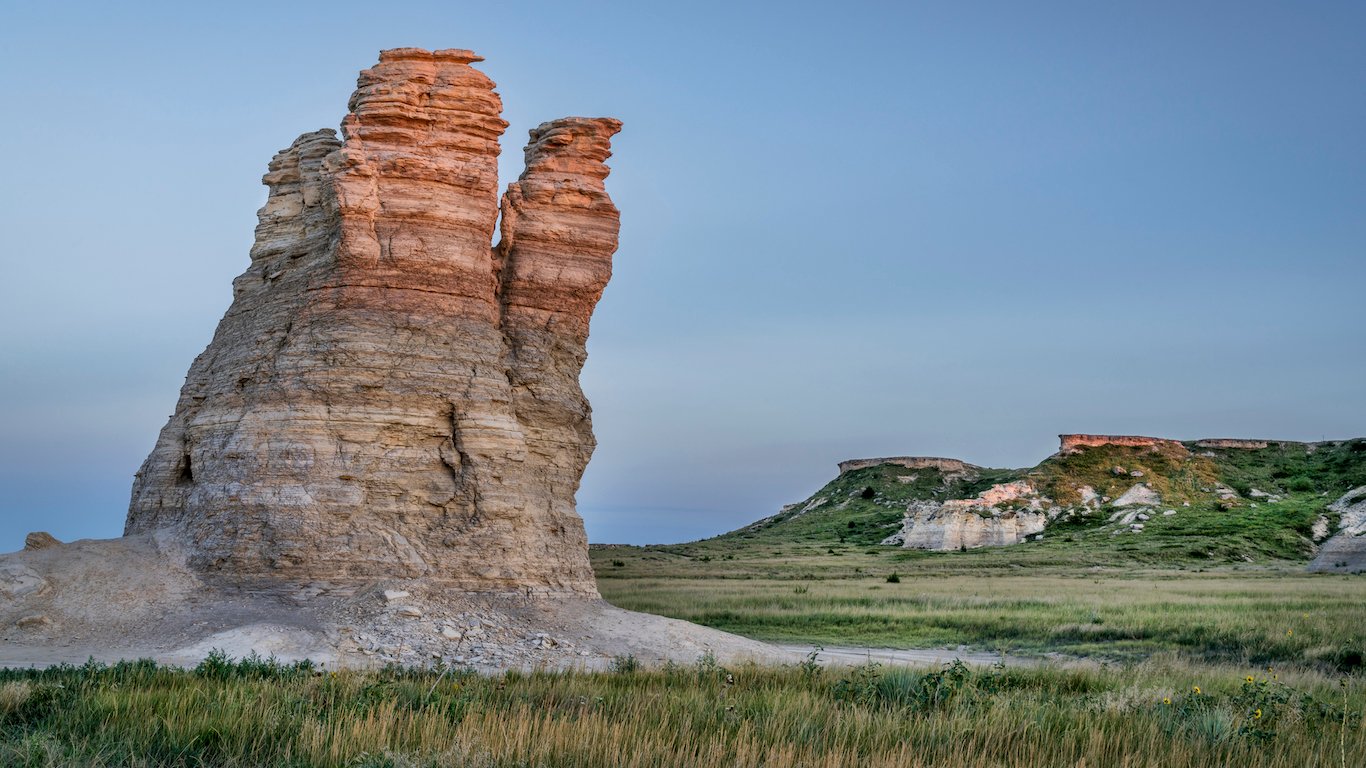
16. Kansas
> Largest Native group: Cherokee (pop: 5,305)
> Total Native population: 24,022
> Total state population: 2,907,289
[in-text-ad]
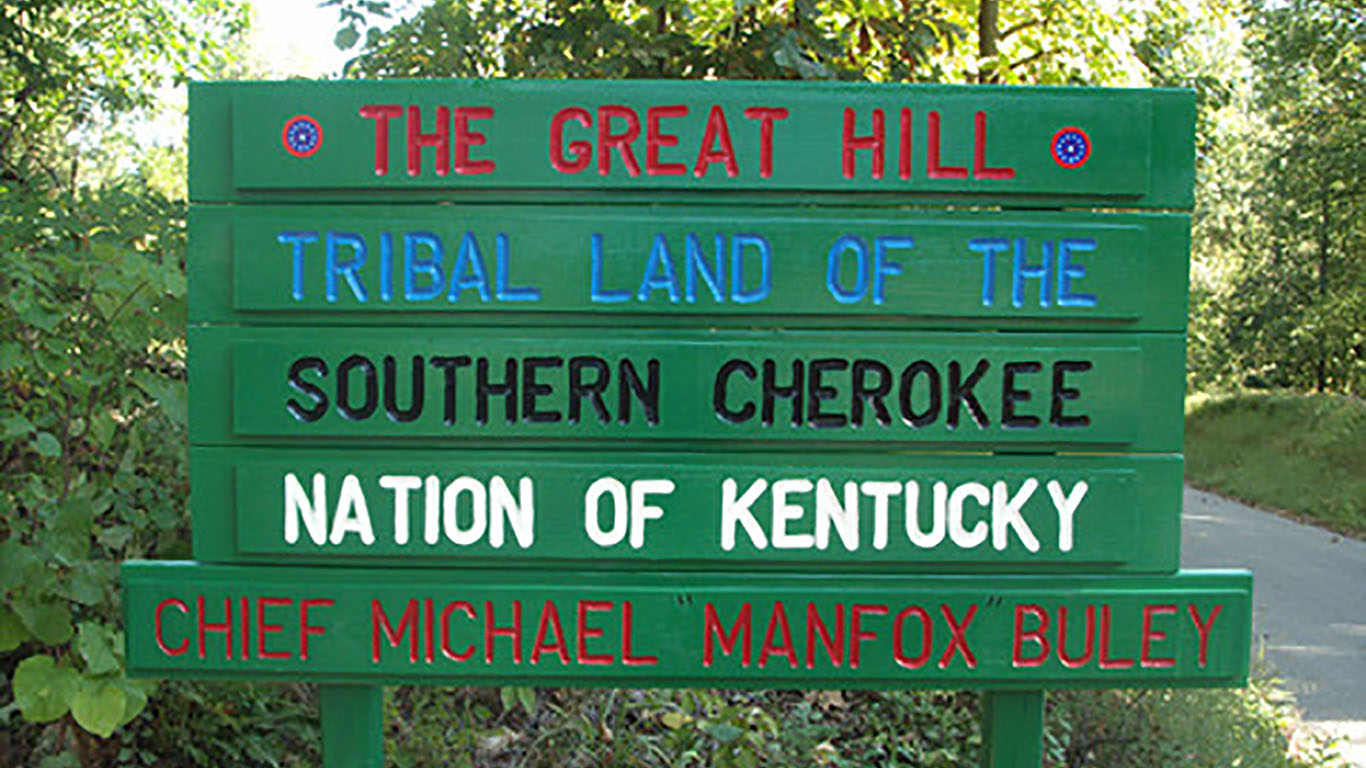
17. Kentucky
> Largest Native group: Cherokee (pop: 2,945)
> Total Native population: 9,063
> Total state population: 4,436,974
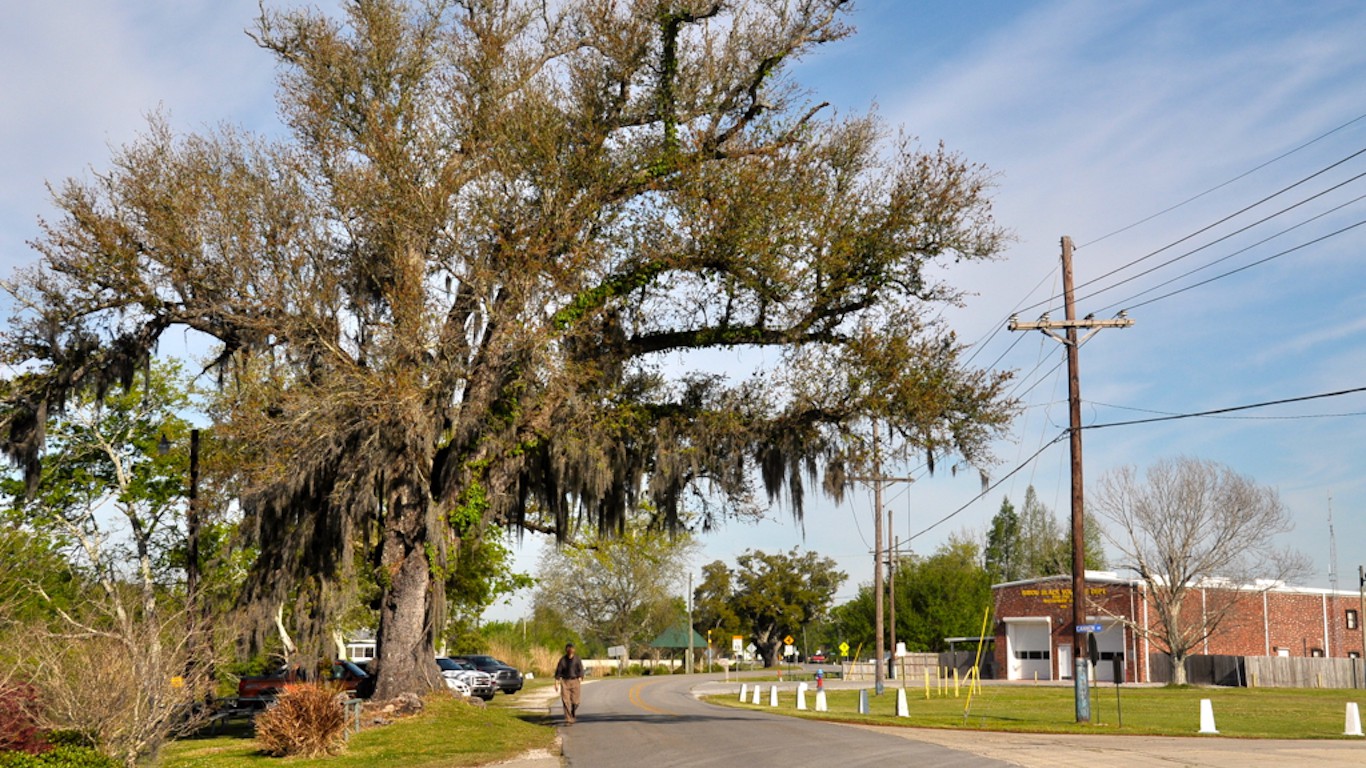
18. Louisiana
> Largest Native group: Houma (pop: 8,261)
> Total Native population: 27,238
> Total state population: 4,681,666
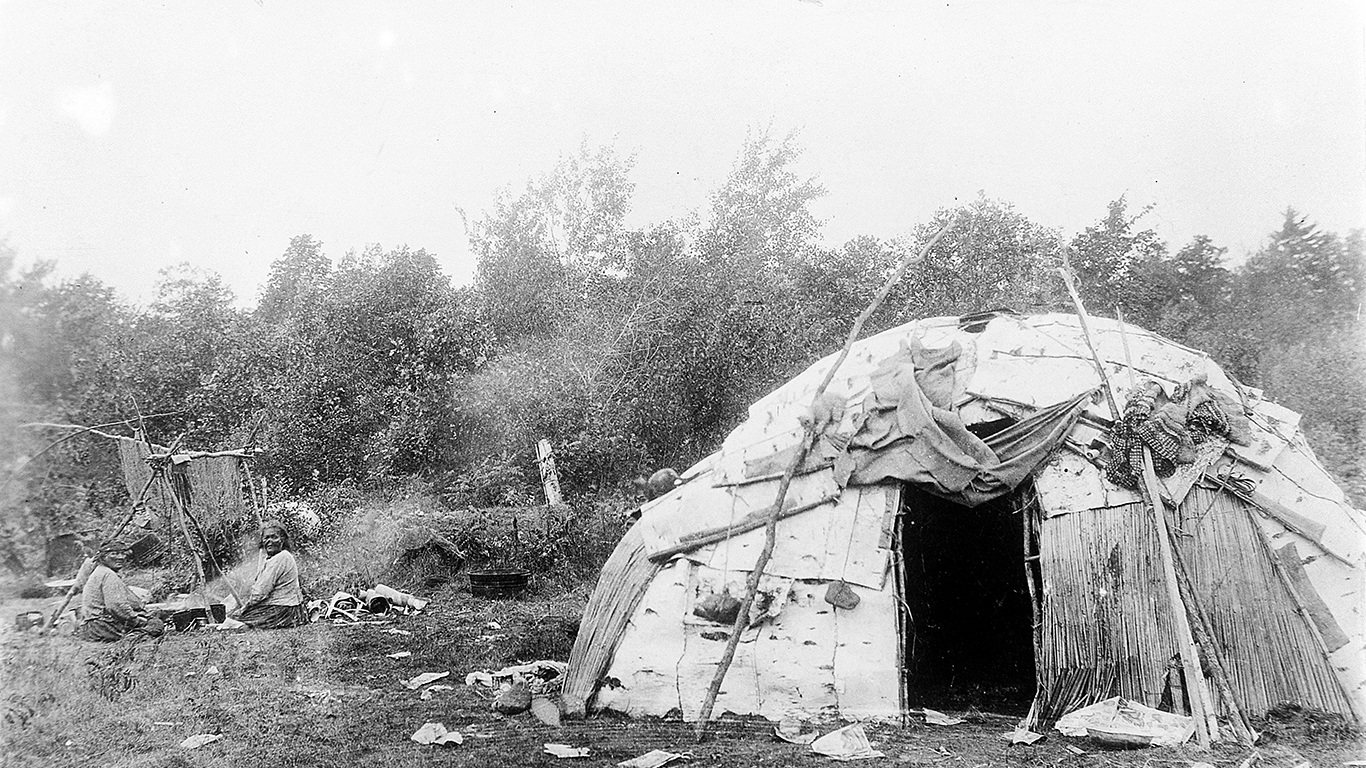
19. Maine
> Largest Native group: Chippewa (pop: 139)
> Total Native population: 7,811
> Total state population: 1,331,479
[in-text-ad-2]
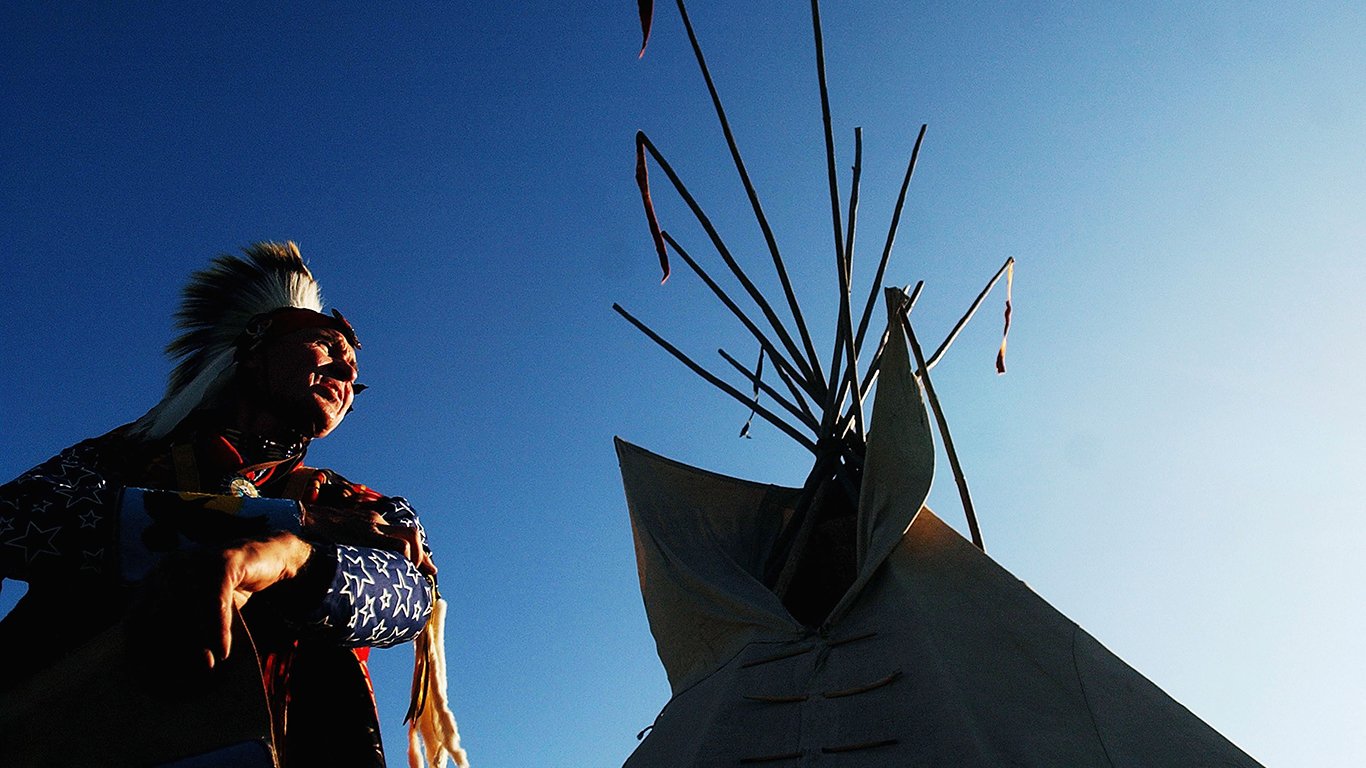
20. Maryland
> Largest Native group: Cherokee (pop: 1,919)
> Total Native population: 15,579
> Total state population: 6,016,447
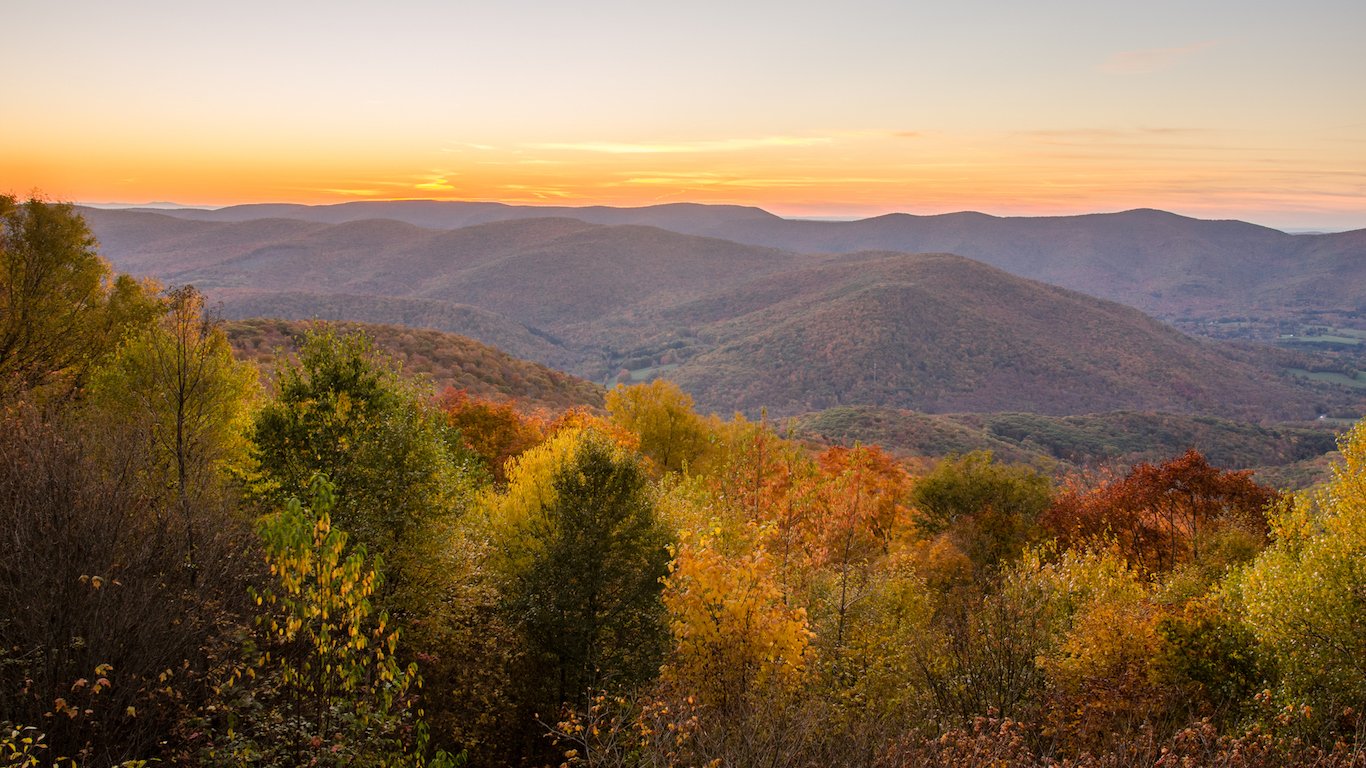
21. Massachusetts
> Largest Native group: South American Indian (pop: 1,068)
> Total Native population: 13,189
> Total state population: 6,811,779
[in-text-ad]
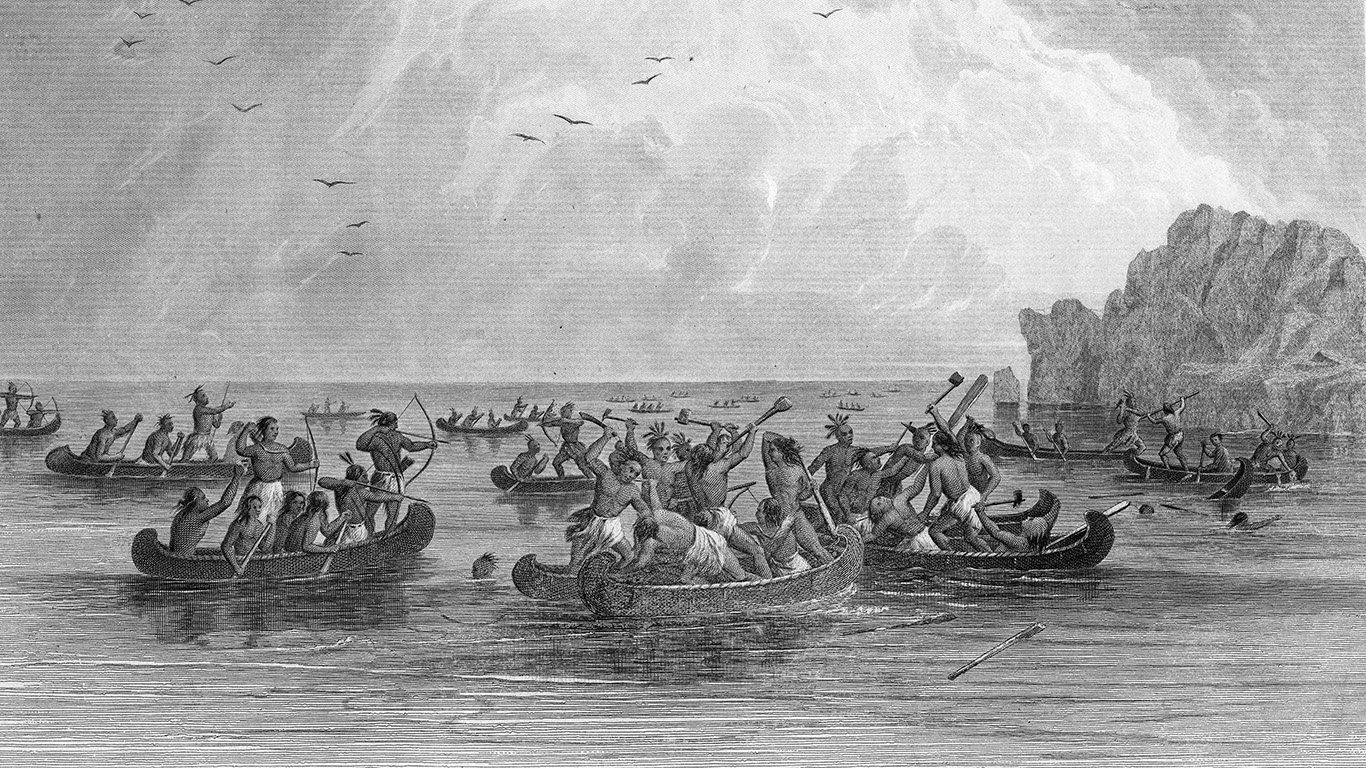
22. Michigan
> Largest Native group: Chippewa (pop: 22,118)
> Total Native population: 53,951
> Total state population: 9,928,300
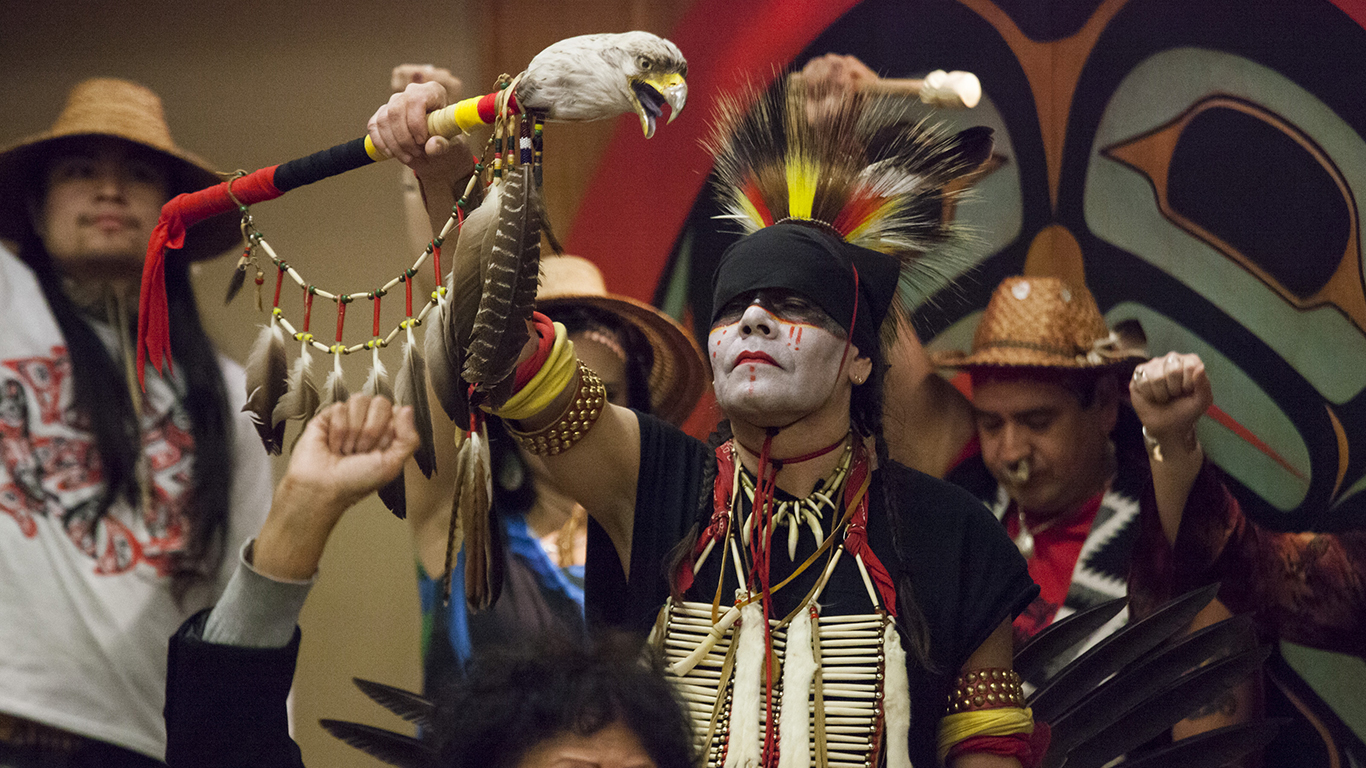
23. Minnesota
> Largest Native group: Chippewa (pop: 33,695)
> Total Native population: 56,561
> Total state population: 5,519,952
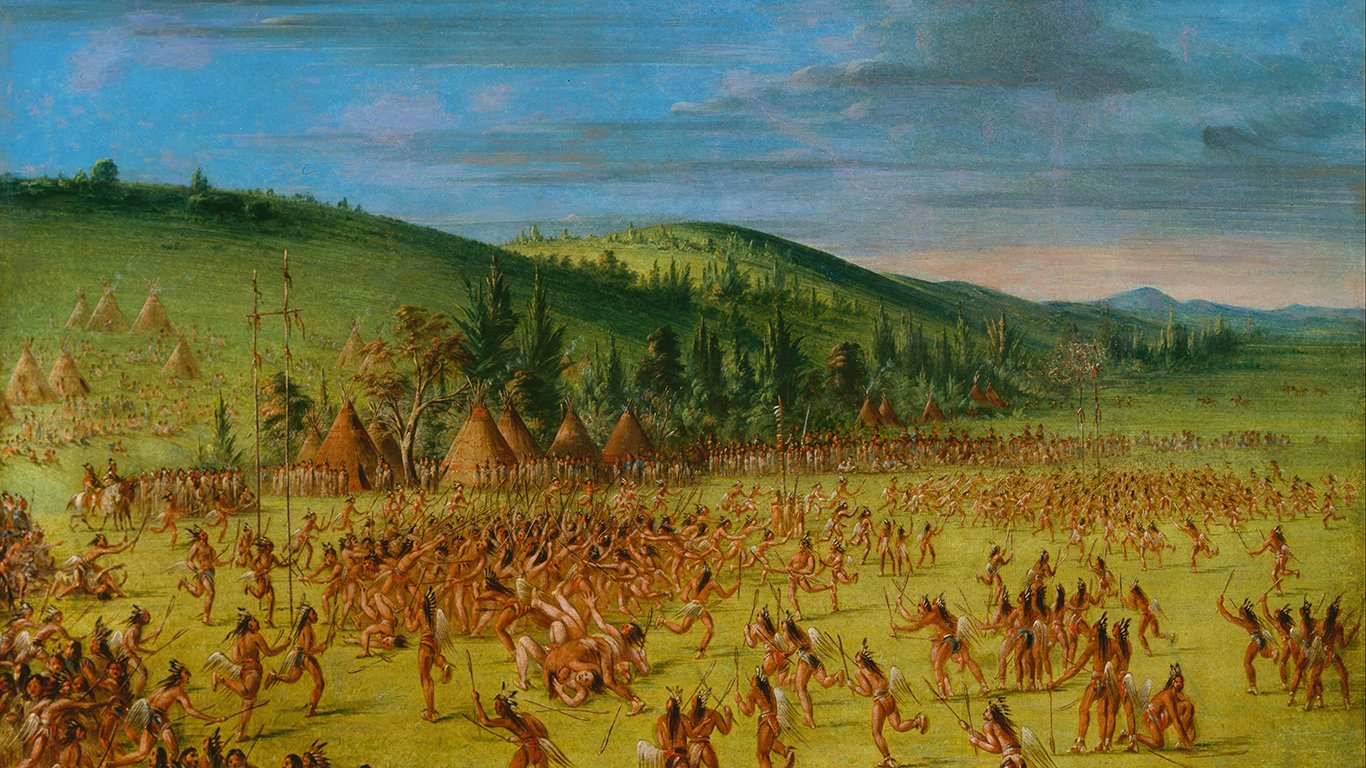
24. Mississippi
> Largest Native group: Choctaw (pop: 8,529)
> Total Native population: 12,896
> Total state population: 2,988,726
[in-text-ad-2]
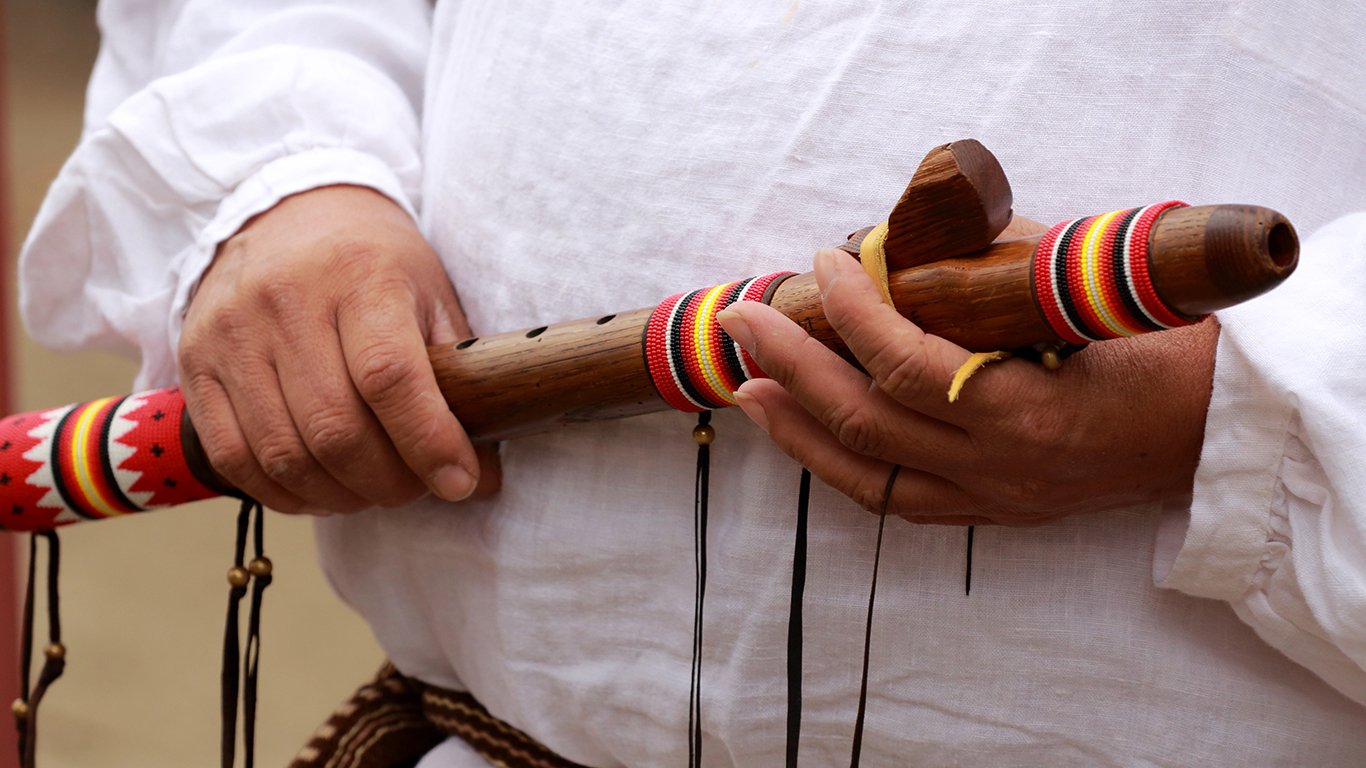
25. Missouri
> Largest Native group: Cherokee (pop: 8,469)
> Total Native population: 24,951
> Total state population: 6,093,000
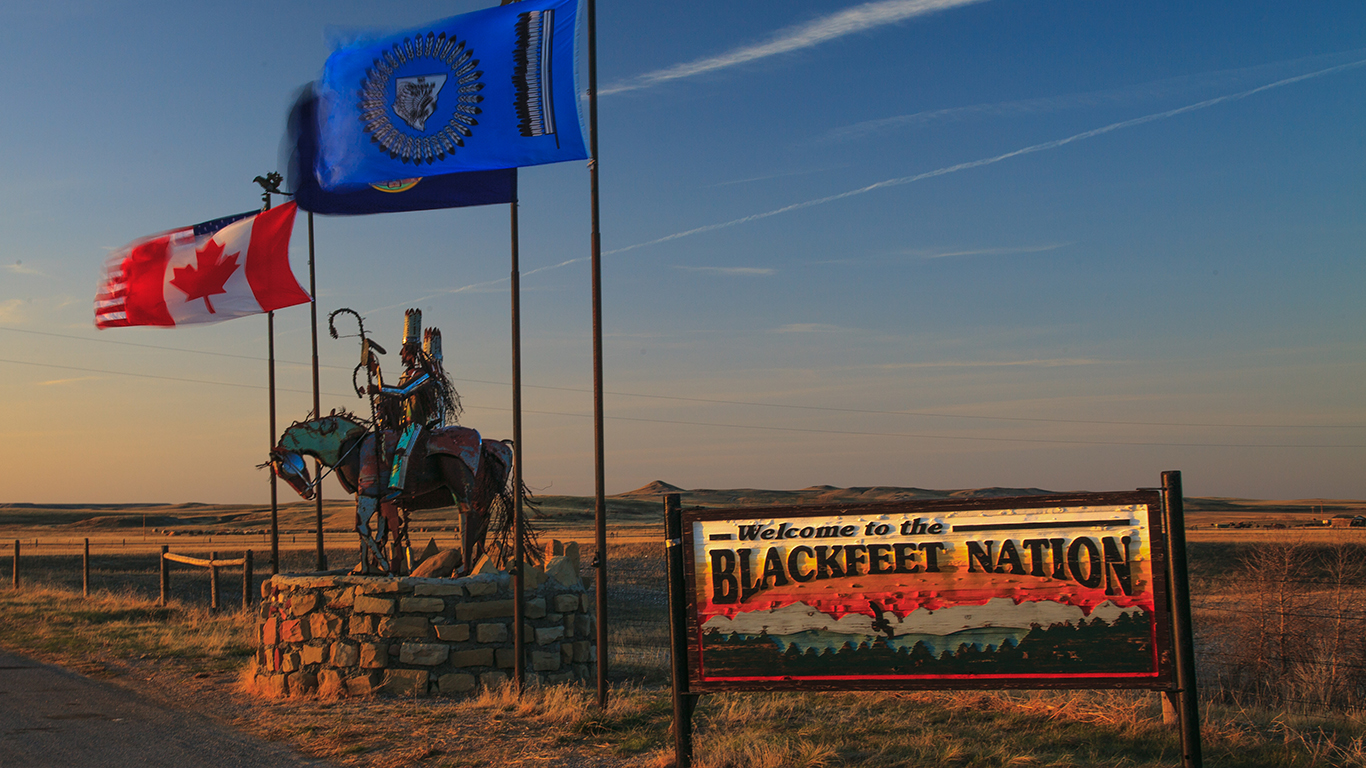
26. Montana
> Largest Native group: Blackfeet (pop: 11,929)
> Total Native population: 65,693
> Total state population: 1,042,520
[in-text-ad]
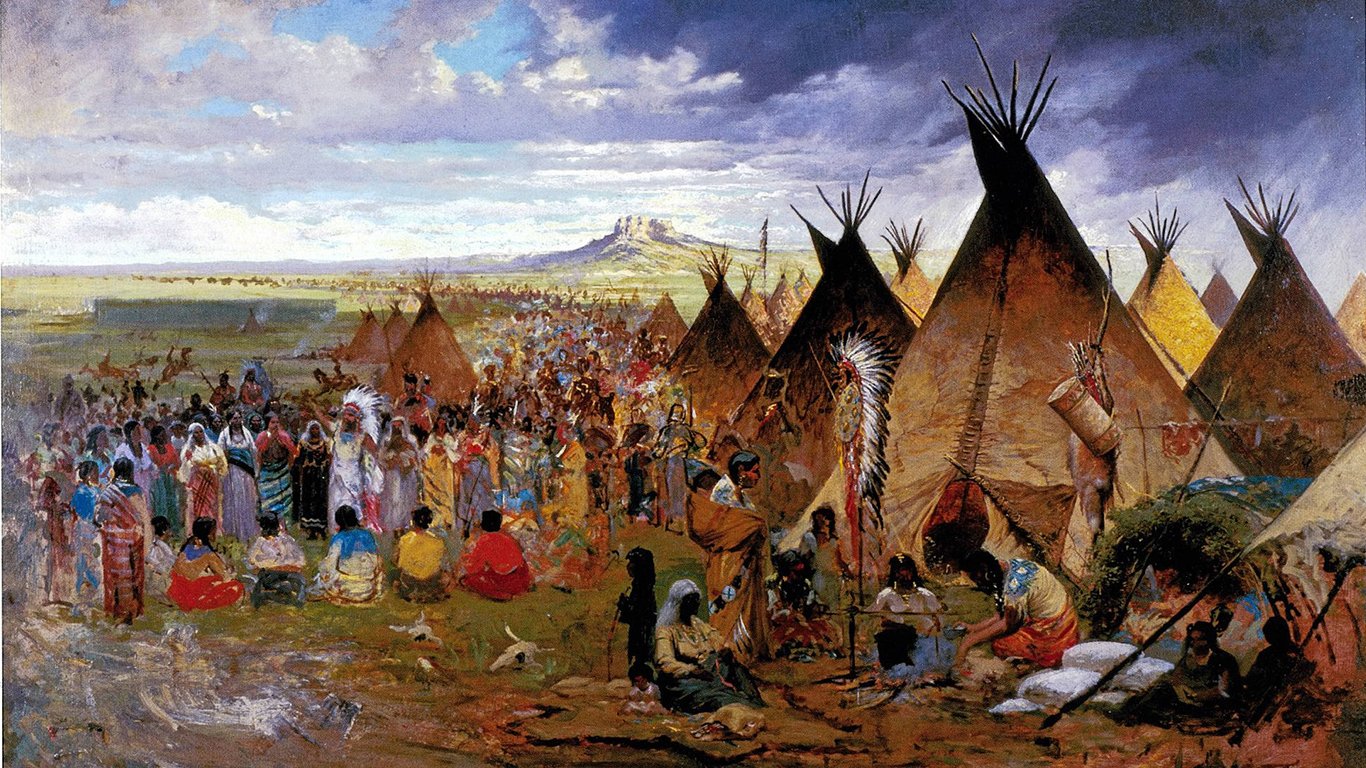
27. Nebraska
> Largest Native group: Sioux (pop: 4,508)
> Total Native population: 16,319
> Total state population: 1,907,116
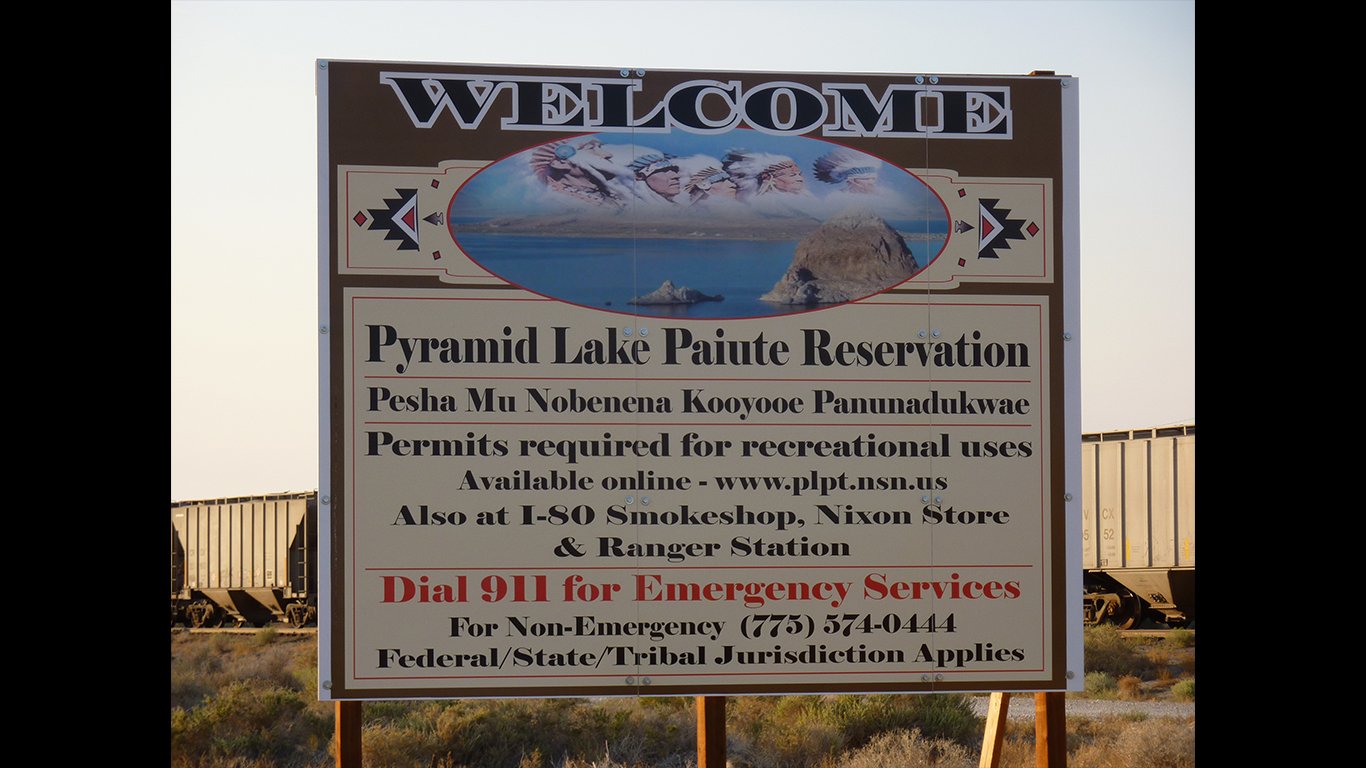
28. Nevada
> Largest Native group: Paiute (pop: 5,231)
> Total Native population: 31,393
> Total state population: 2,940,058
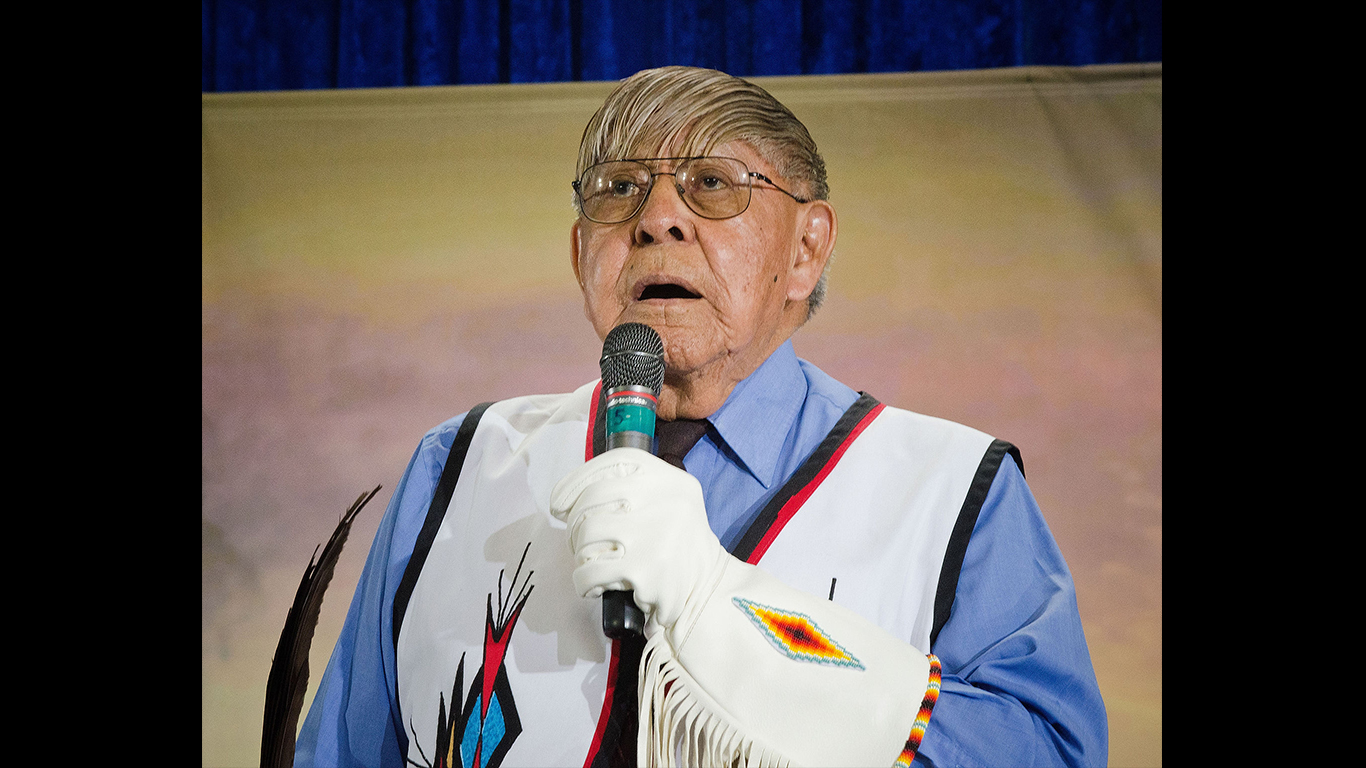
29. New Hampshire
> Largest Native group: Blackfeet (pop: 399)
> Total Native population: 2,238
> Total state population: 1,334,795
[in-text-ad-2]
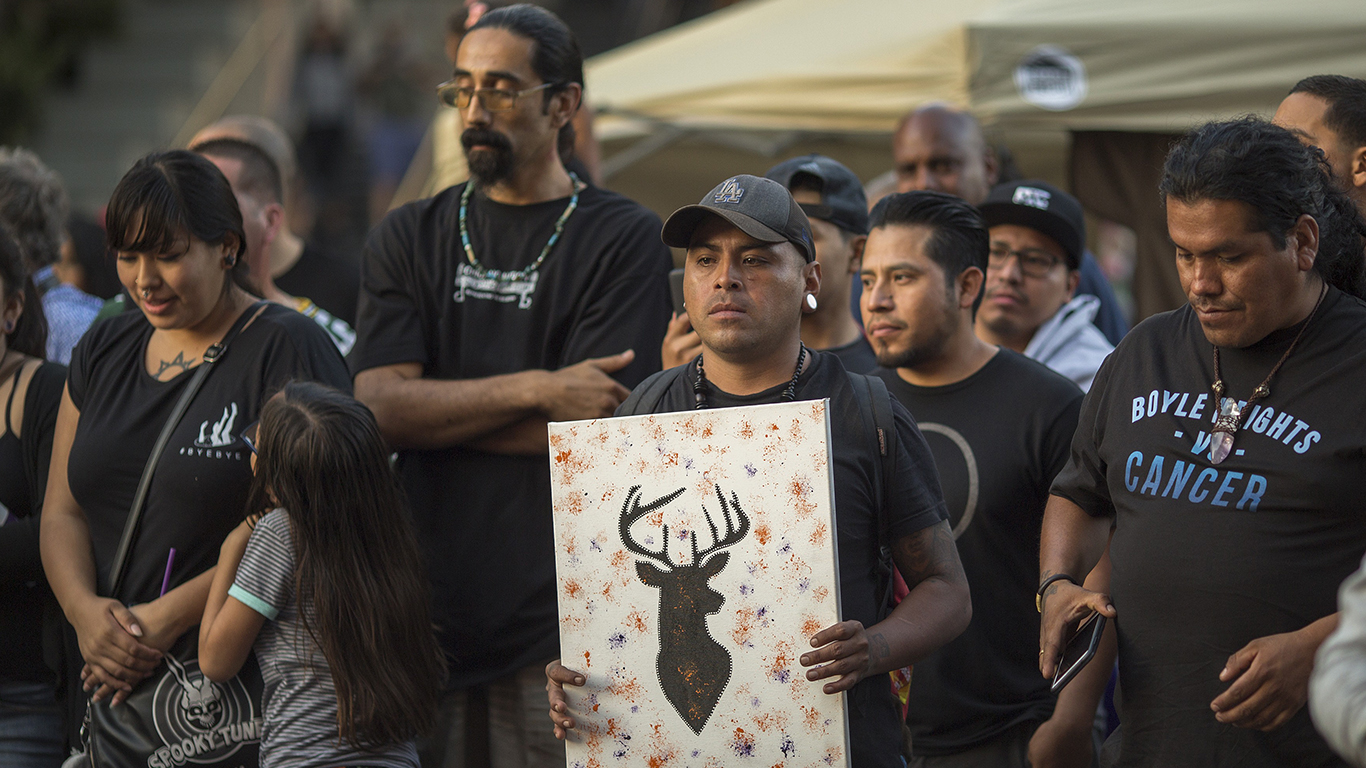
30. New Jersey
> Largest Native group: Mexican American Indian (pop: 1,795)
> Total Native population: 18,335
> Total state population: 8,944,469
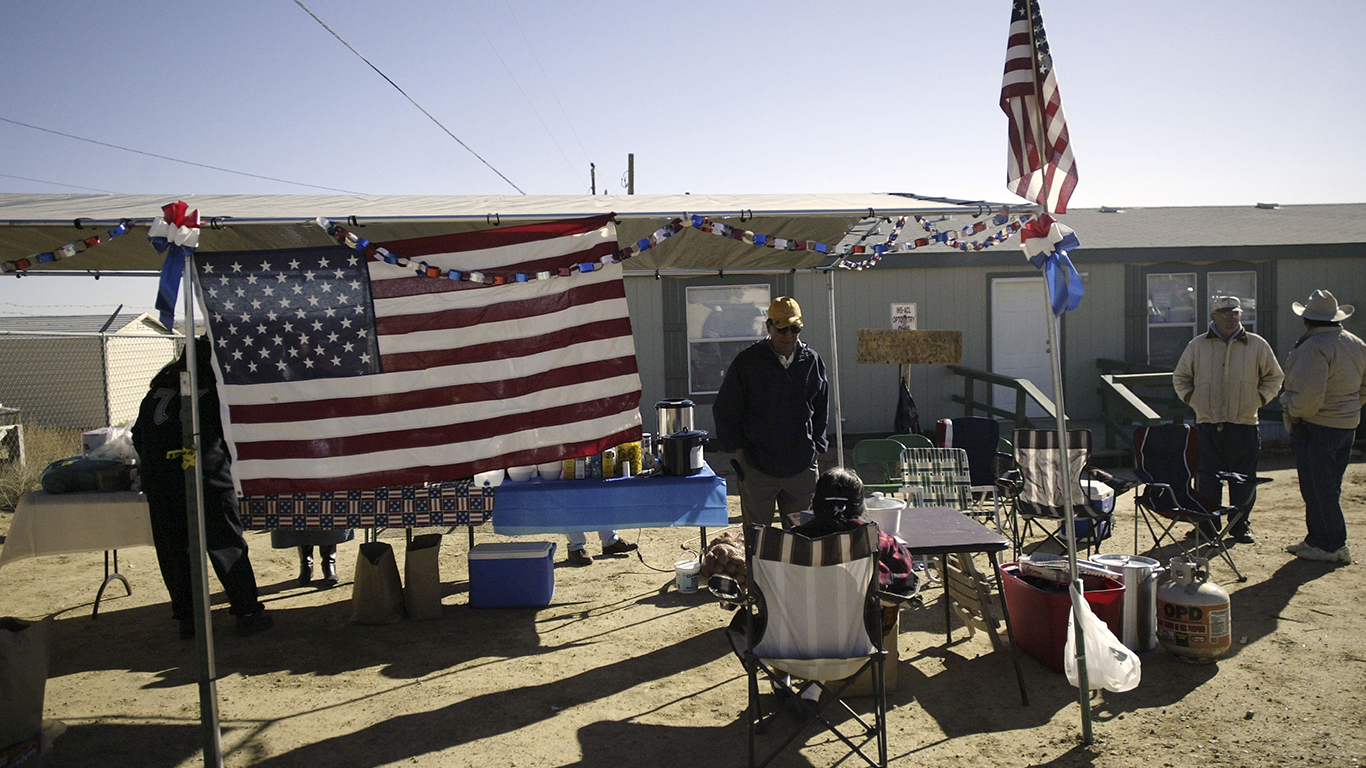
31. New Mexico
> Largest Native group: Navajo (pop: 113,473)
> Total Native population: 190,528
> Total state population: 2,081,015
[in-text-ad]
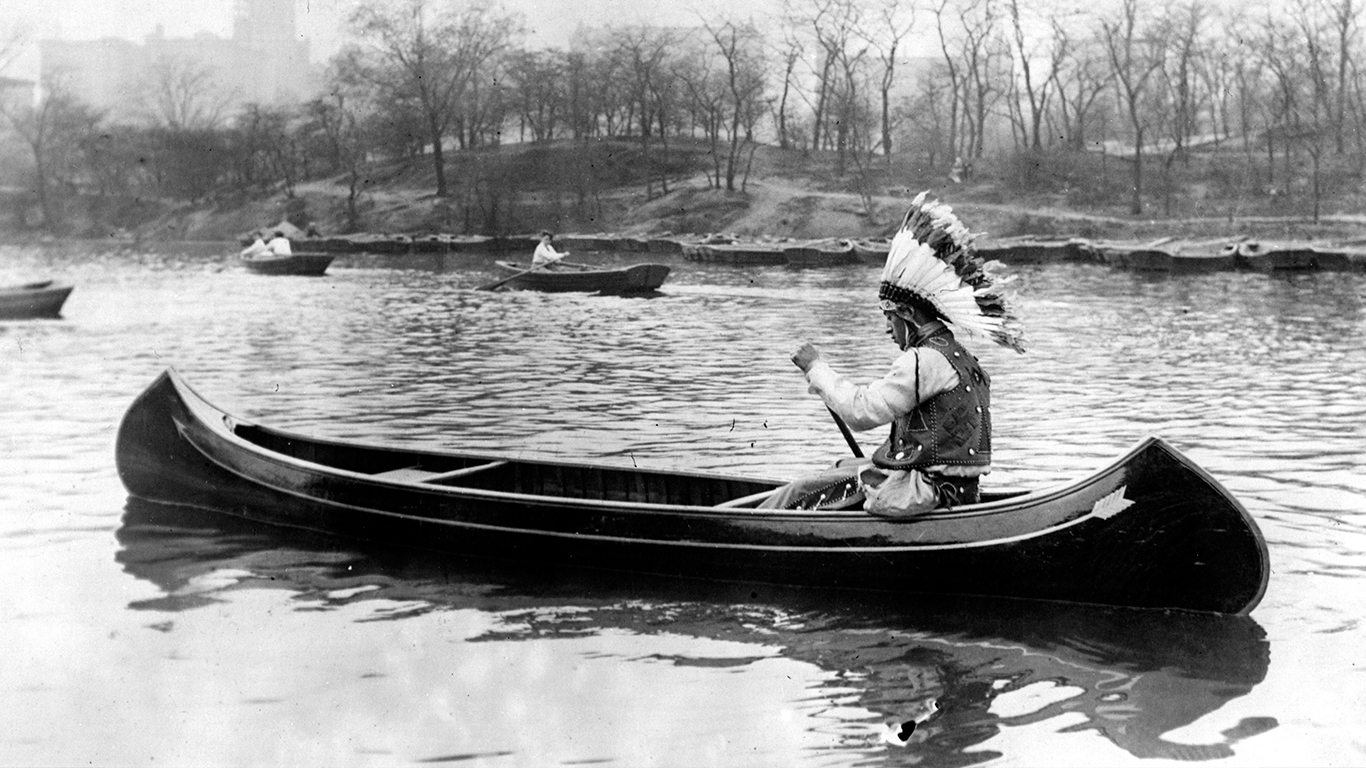
32. New York
> Largest Native group: Iroquois (pop: 19,016)
> Total Native population: 74,793
> Total state population: 19,745,289
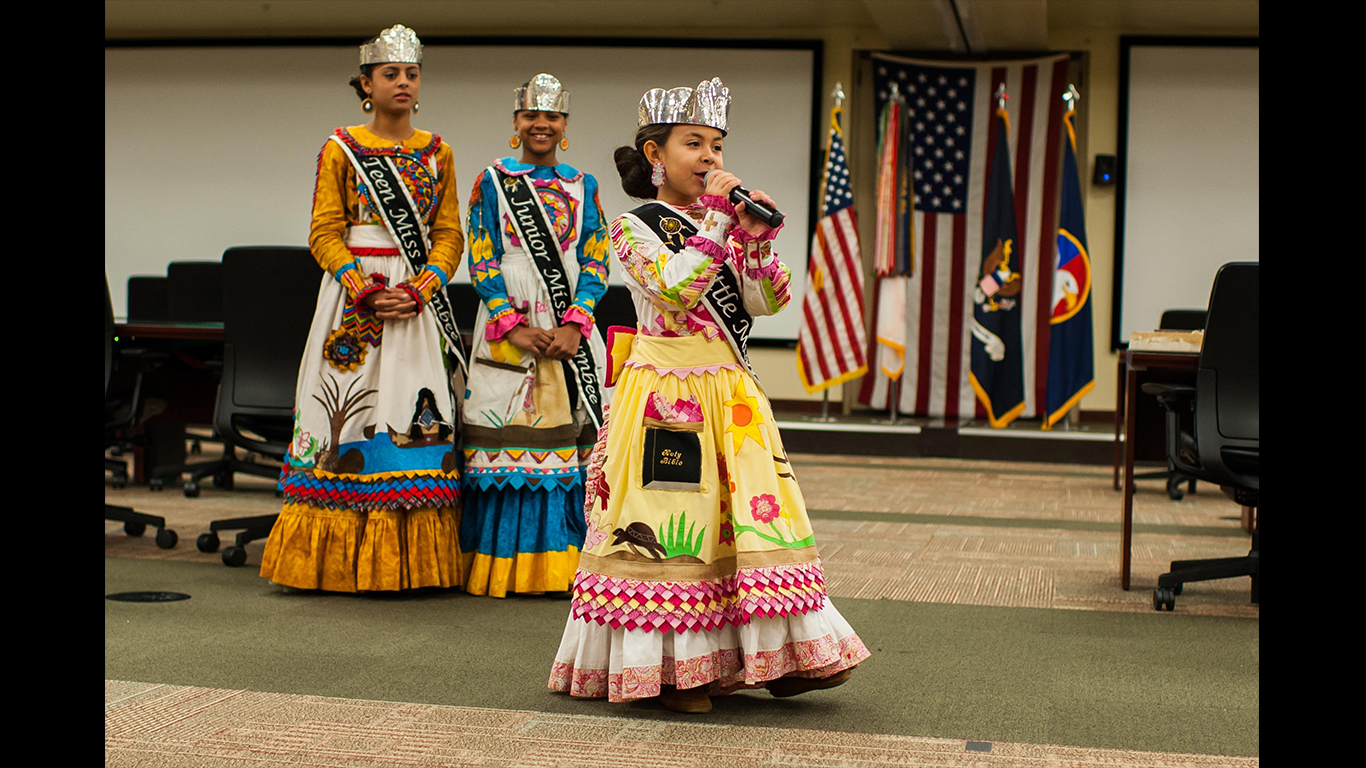
33. North Carolina
> Largest Native group: Lumbee (pop: 61,609)
> Total Native population: 116,143
> Total state population: 10,146,788
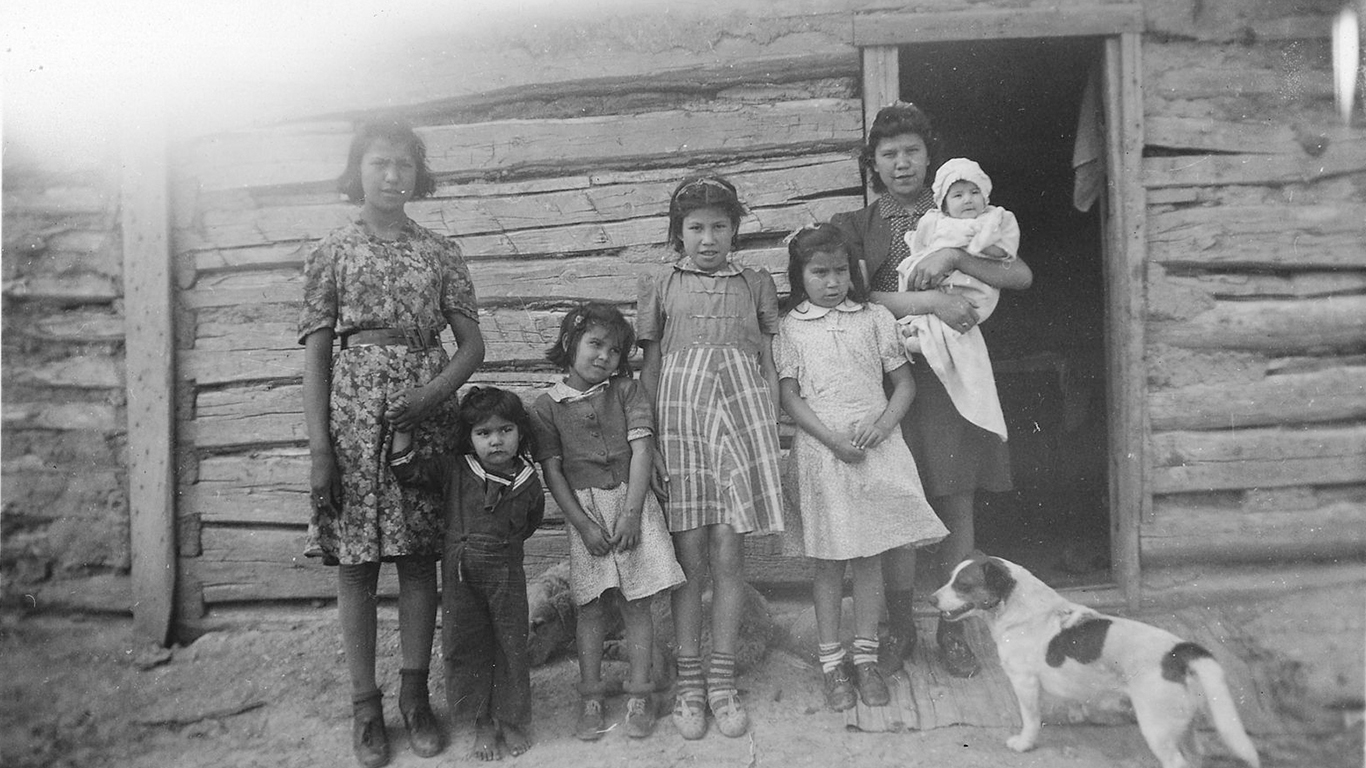
34. North Dakota
> Largest Native group: Chippewa (pop: 15,840)
> Total Native population: 38,286
> Total state population: 757,953
[in-text-ad-2]
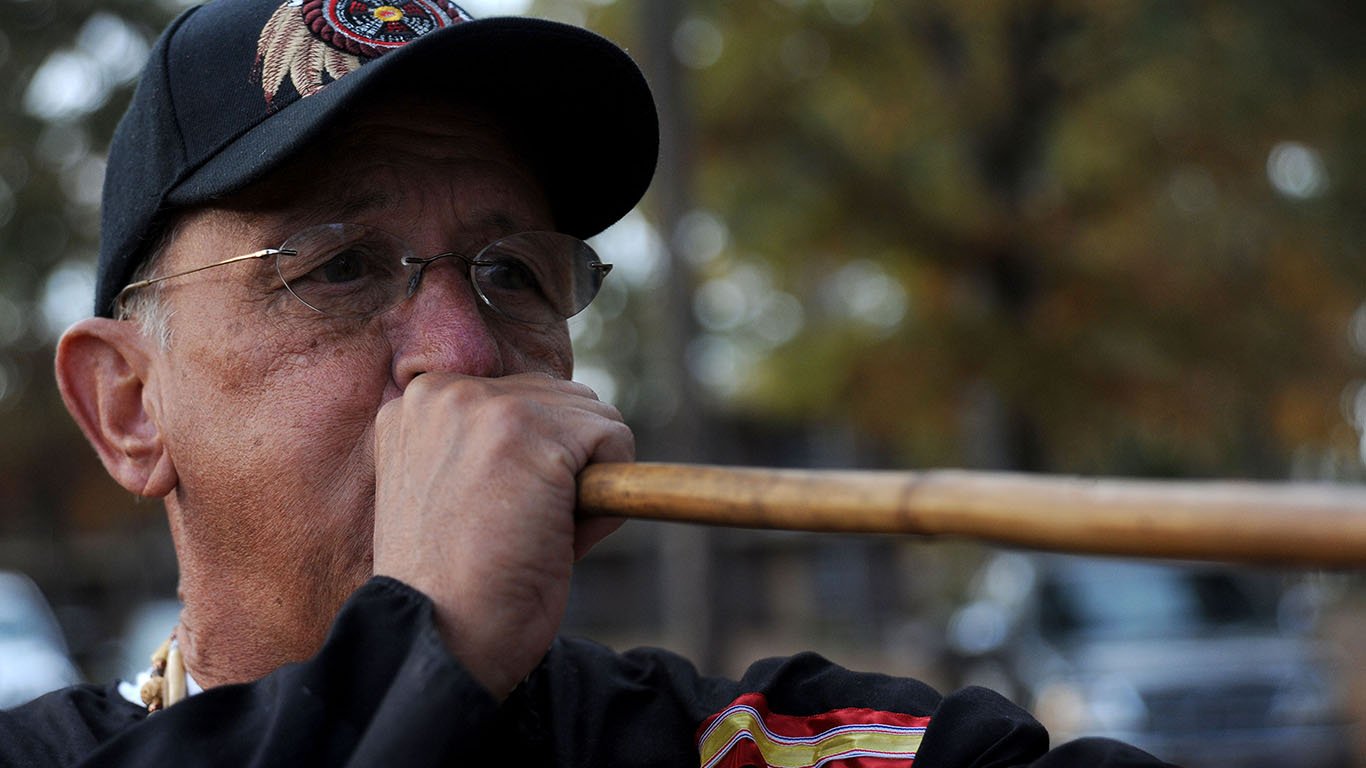
35. Ohio
> Largest Native group: Cherokee (pop: 5,393)
> Total Native population: 21,646
> Total state population: 11,614,373
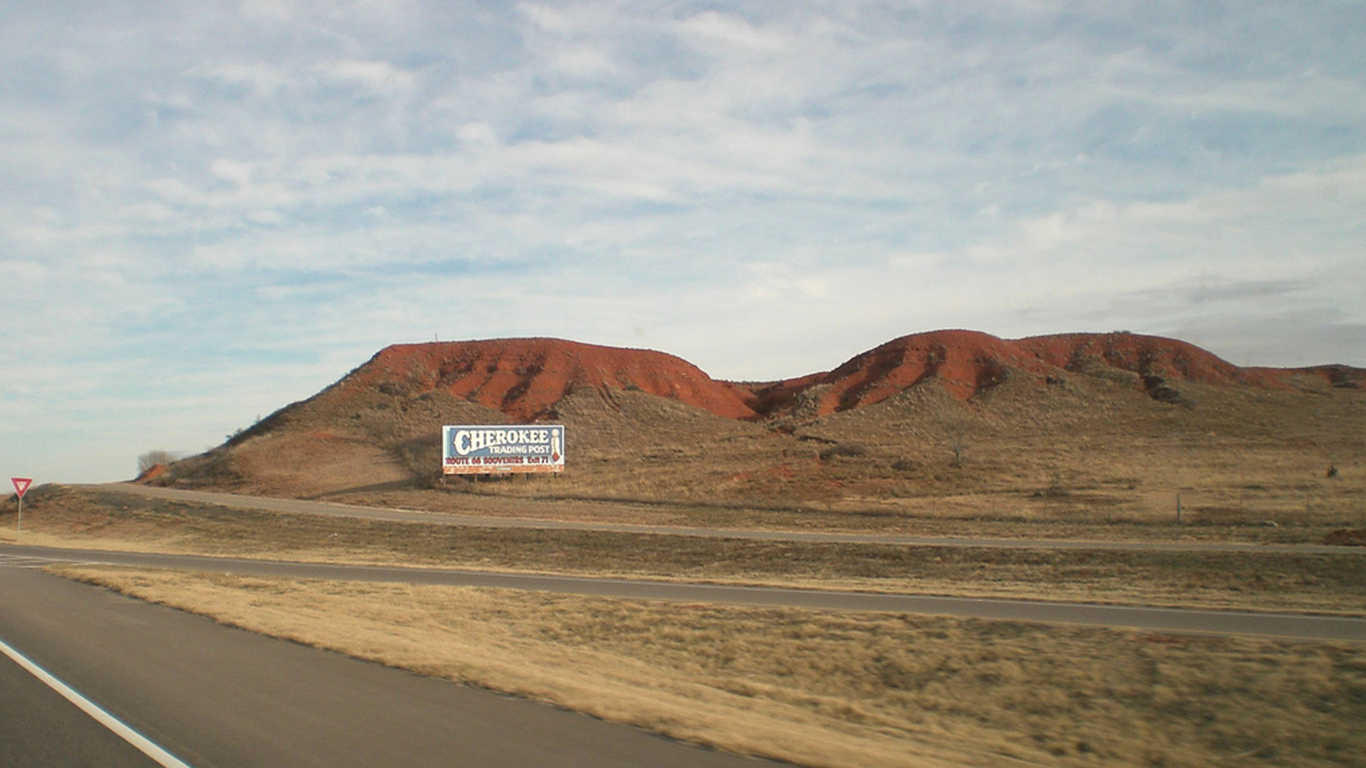
36. Oklahoma
> Largest Native group: Cherokee (pop: 106,161)
> Total Native population: 279,276
> Total state population: 3,923,561
[in-text-ad]

37. Oregon
> Largest Native group: Cherokee (pop: 3,605)
> Total Native population: 46,258
> Total state population: 4,093,465
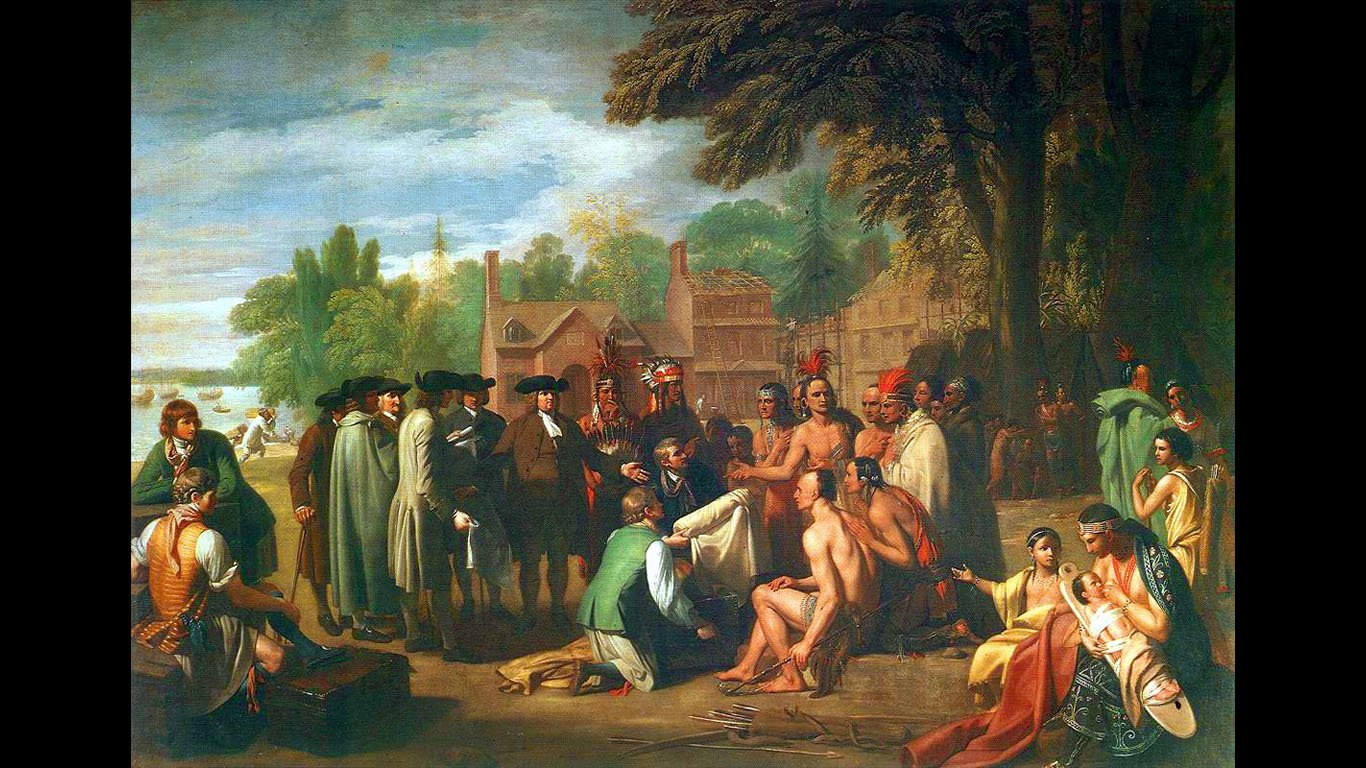
38. Pennsylvania
> Largest Native group: Cherokee (pop: 3,280)
> Total Native population: 23,641
> Total state population: 12,784,227
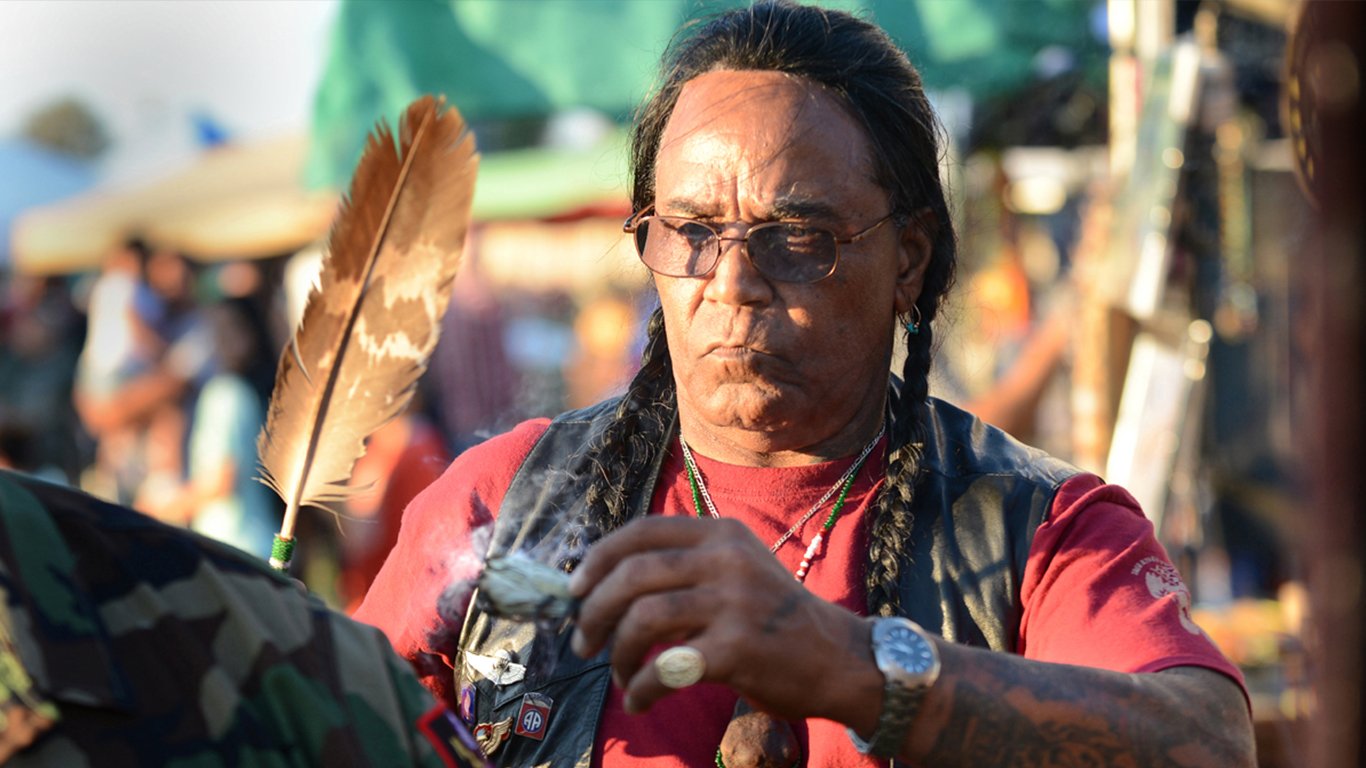
39. Rhode Island
> Largest Native group: Cherokee (pop: 425)
> Total Native population: 5,106
> Total state population: 1,056,426
[in-text-ad-2]
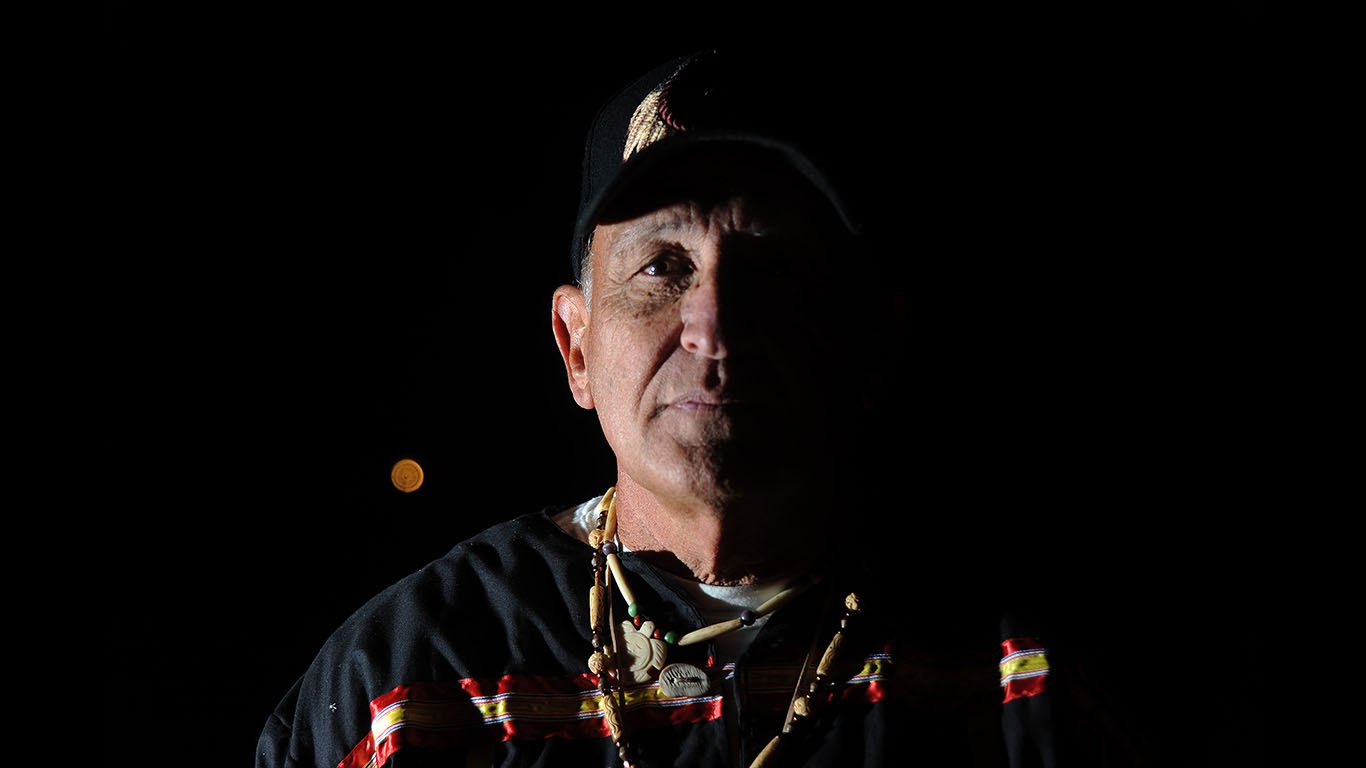
40. South Carolina
> Largest Native group: Cherokee (pop: 3,200)
> Total Native population: 14,966
> Total state population: 4,961,119
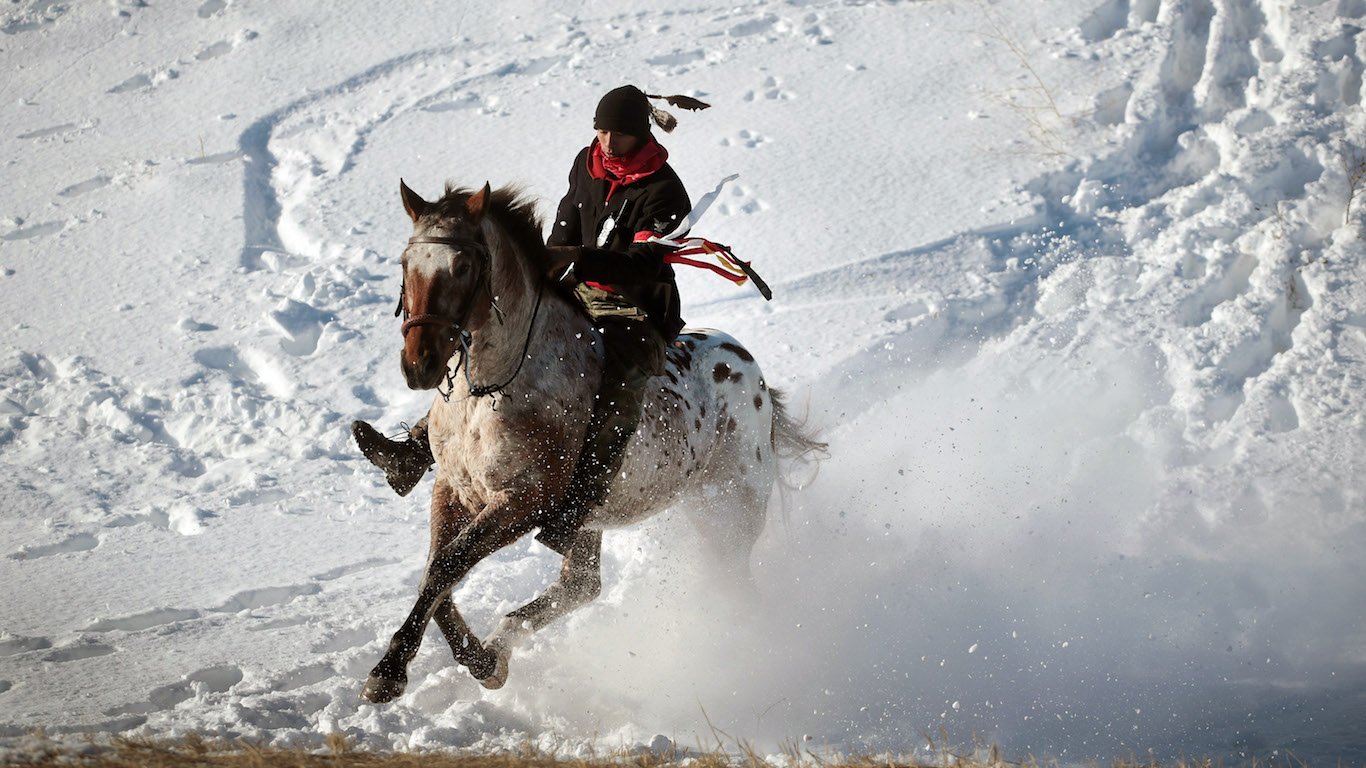
41. South Dakota
> Largest Native group: Sioux (pop: 62,600)
> Total Native population: 72,619
> Total state population: 865,454
[in-text-ad]
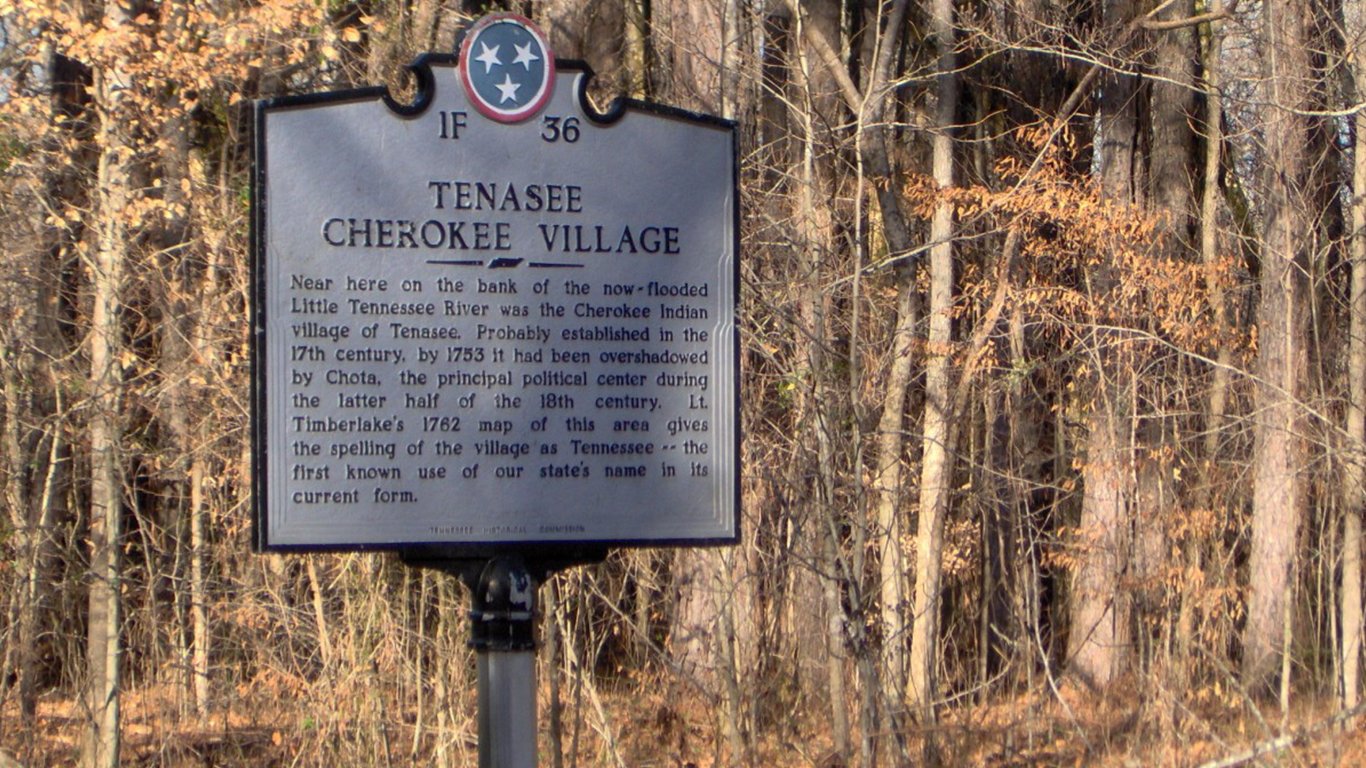
42. Tennessee
> Largest Native group: Cherokee (pop: 5,897)
> Total Native population: 17,802
> Total state population: 6,651,194
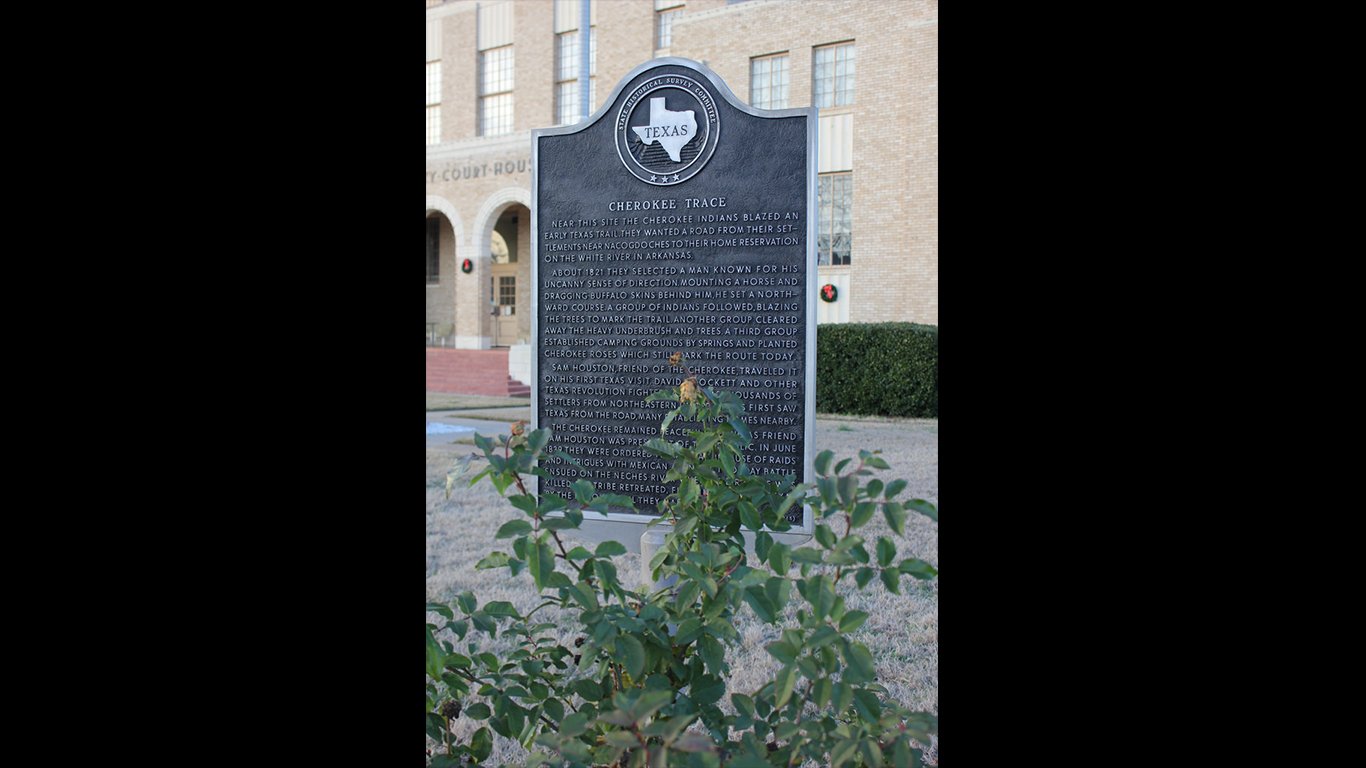
43. Texas
> Largest Native group: Cherokee (pop: 16,293)
> Total Native population: 126,493
> Total state population: 27,862,596
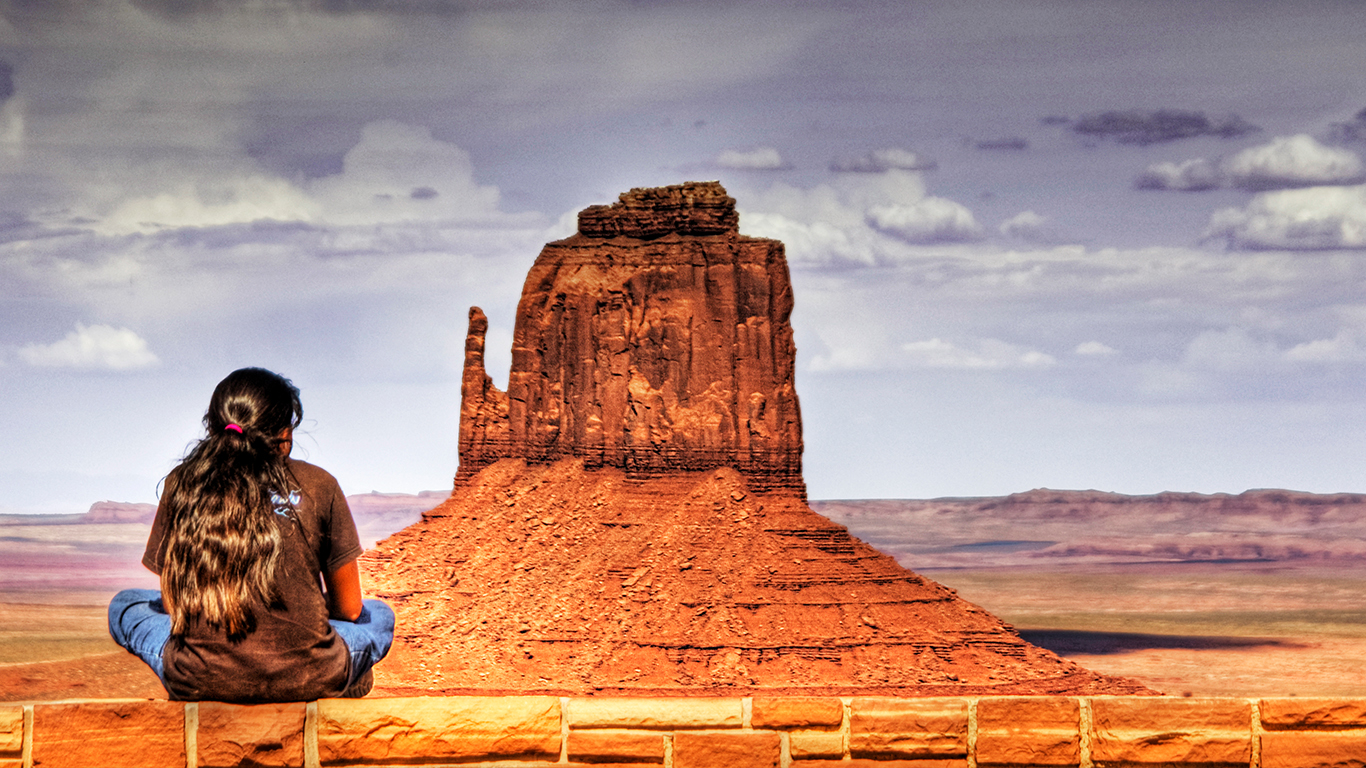
44. Utah
> Largest Native group: Navajo (pop: 15,674)
> Total Native population: 31,824
> Total state population: 3,051,217
[in-text-ad-2]
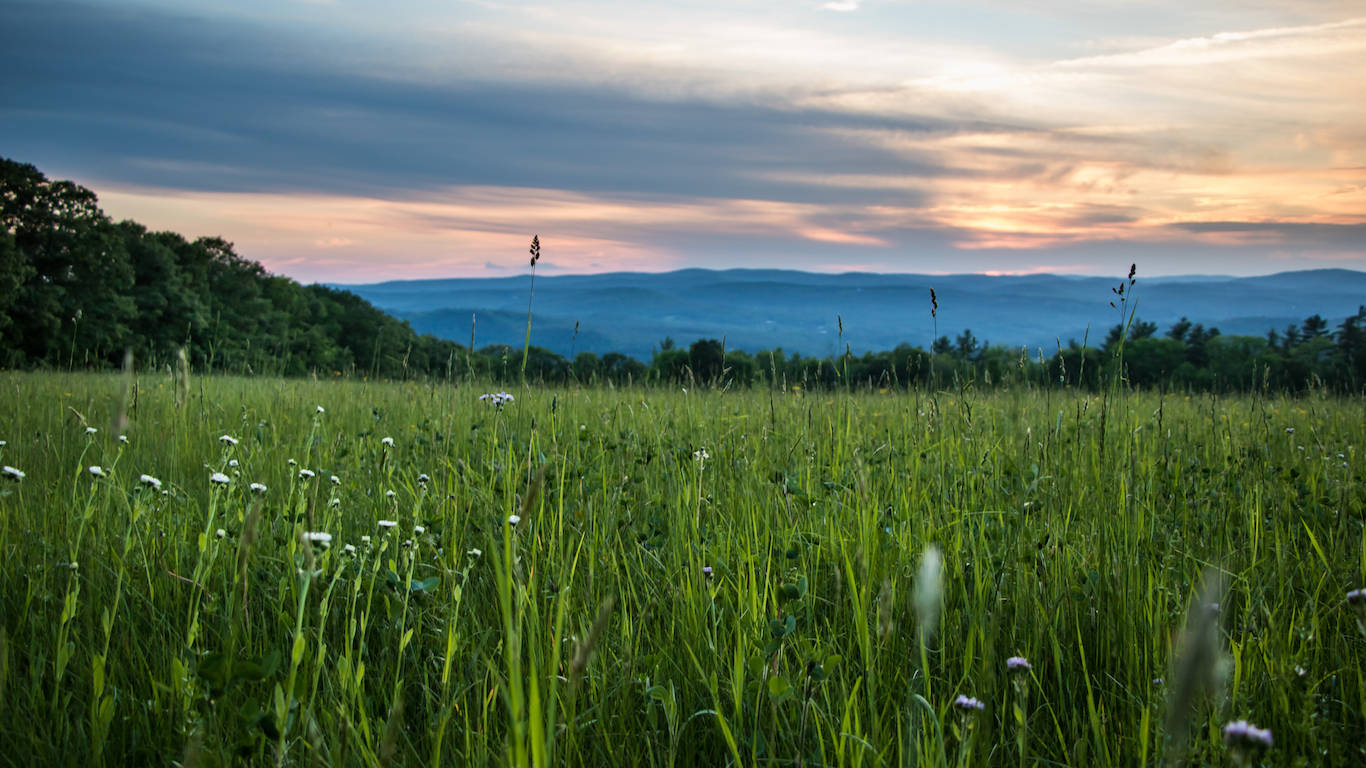
45. Vermont
> Largest Native group: Cherokee (pop: 149)
> Total Native population: 2,018
> Total state population: 624,594
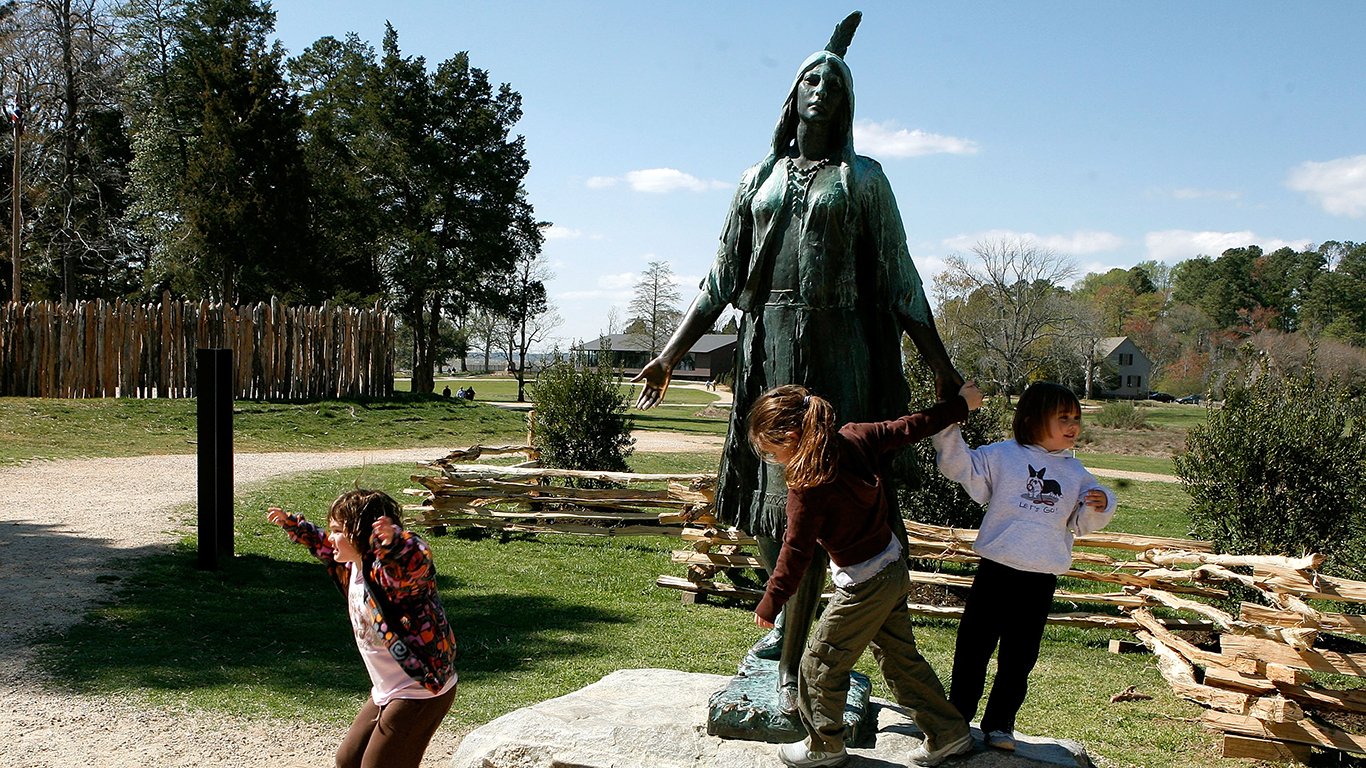
46. Virginia
> Largest Native group: Cherokee (pop: 3,669)
> Total Native population: 22,570
> Total state population: 8,411,808
[in-text-ad]
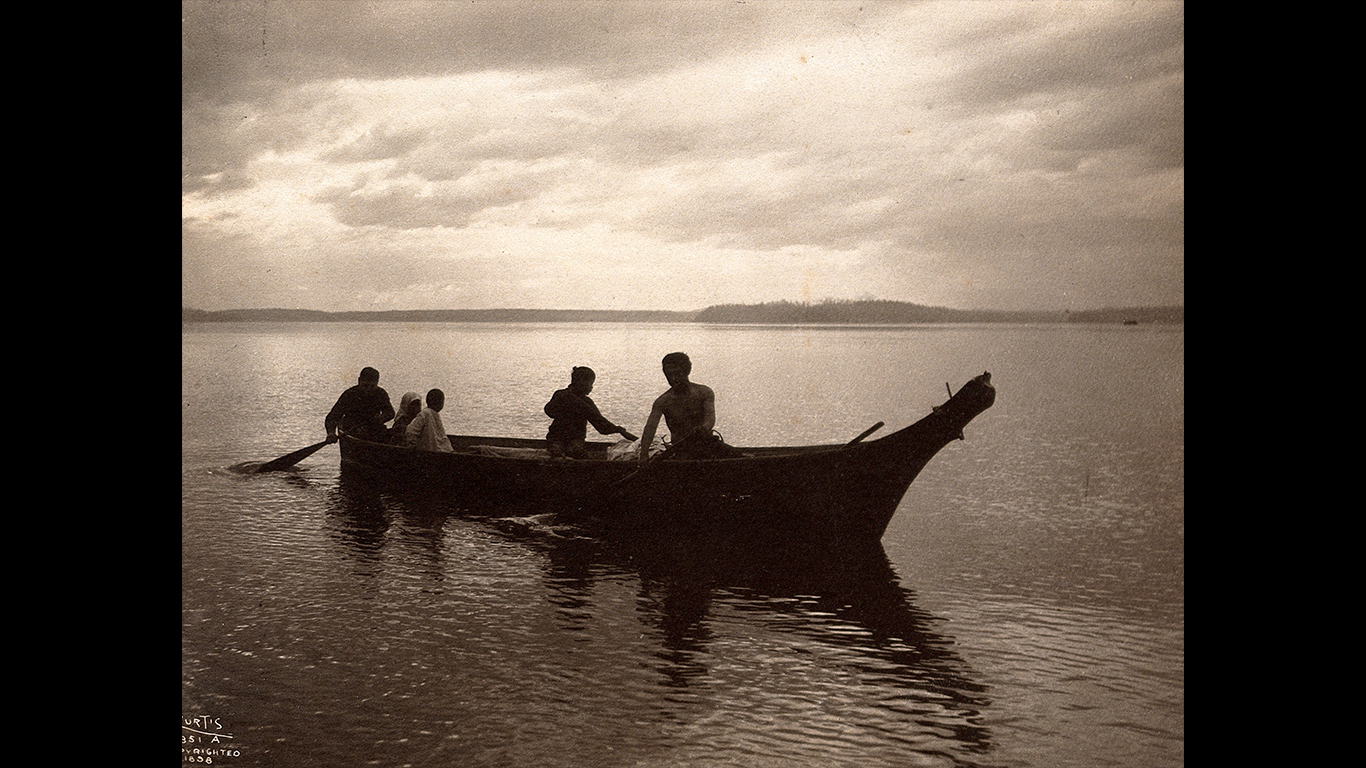
47. Washington
> Largest Native group: Puget Sound Salish (pop: 12,249)
> Total Native population: 93,266
> Total state population: 7,288,000
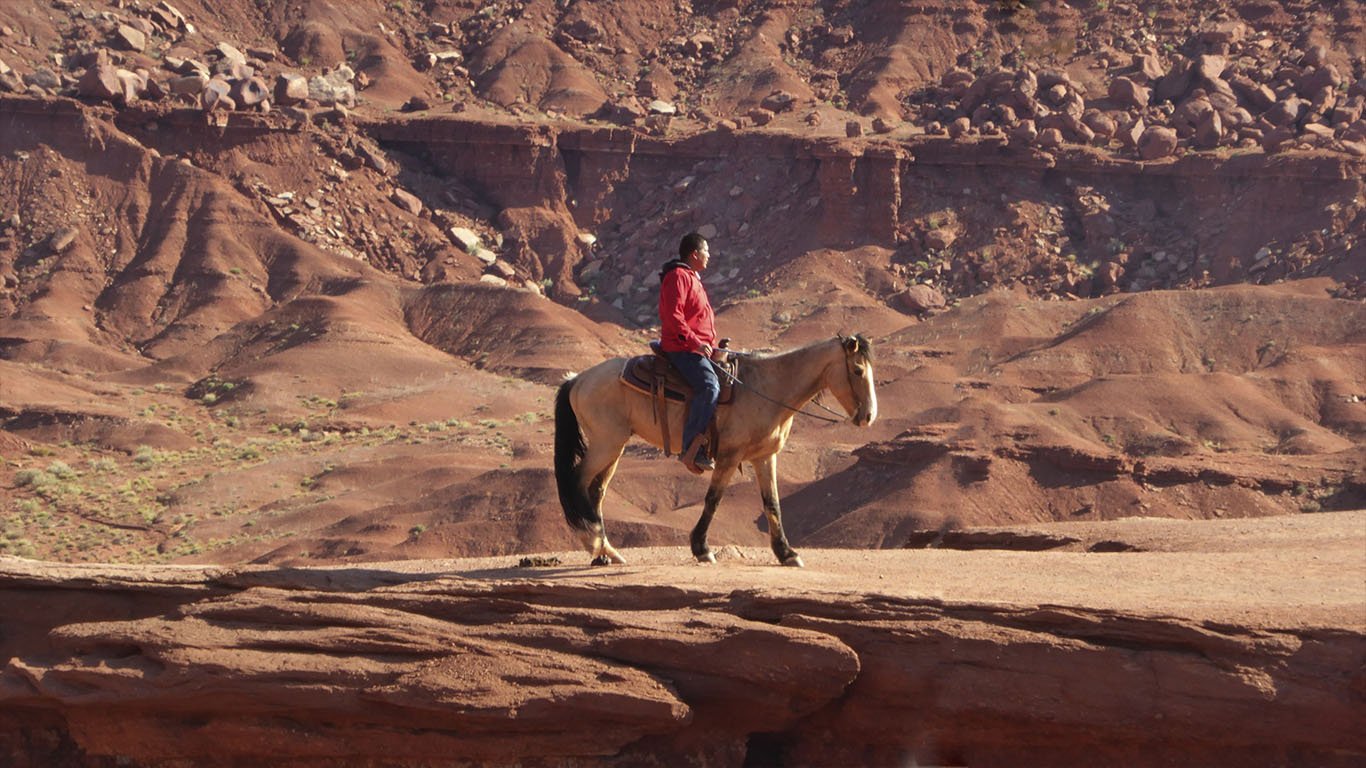
48. West Virginia
> Largest Native group: Cherokee (pop: 1,387)
> Total Native population: 2,953
> Total state population: 1,831,102
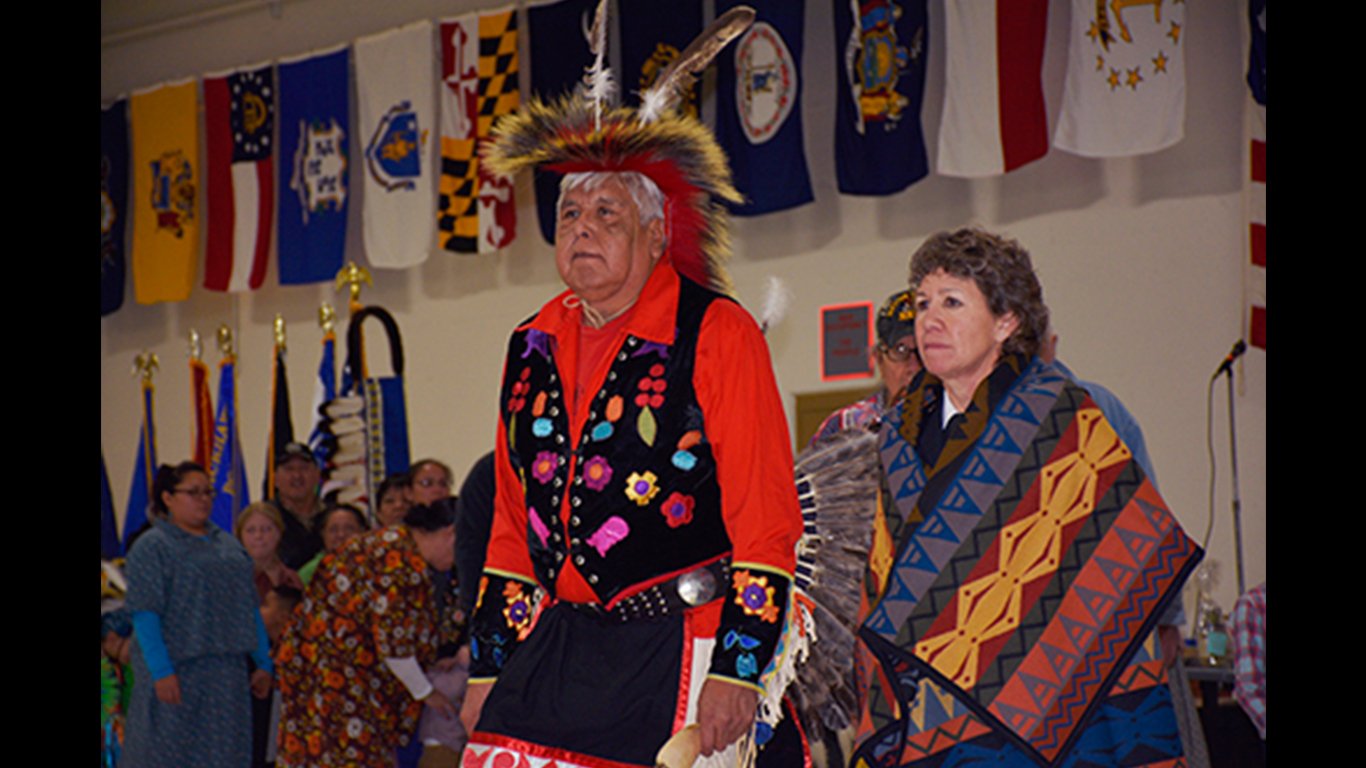
49. Wisconsin
> Largest Native group: Chippewa (pop: 15,736)
> Total Native population: 50,449
> Total state population: 5,778,709
[in-text-ad-2]
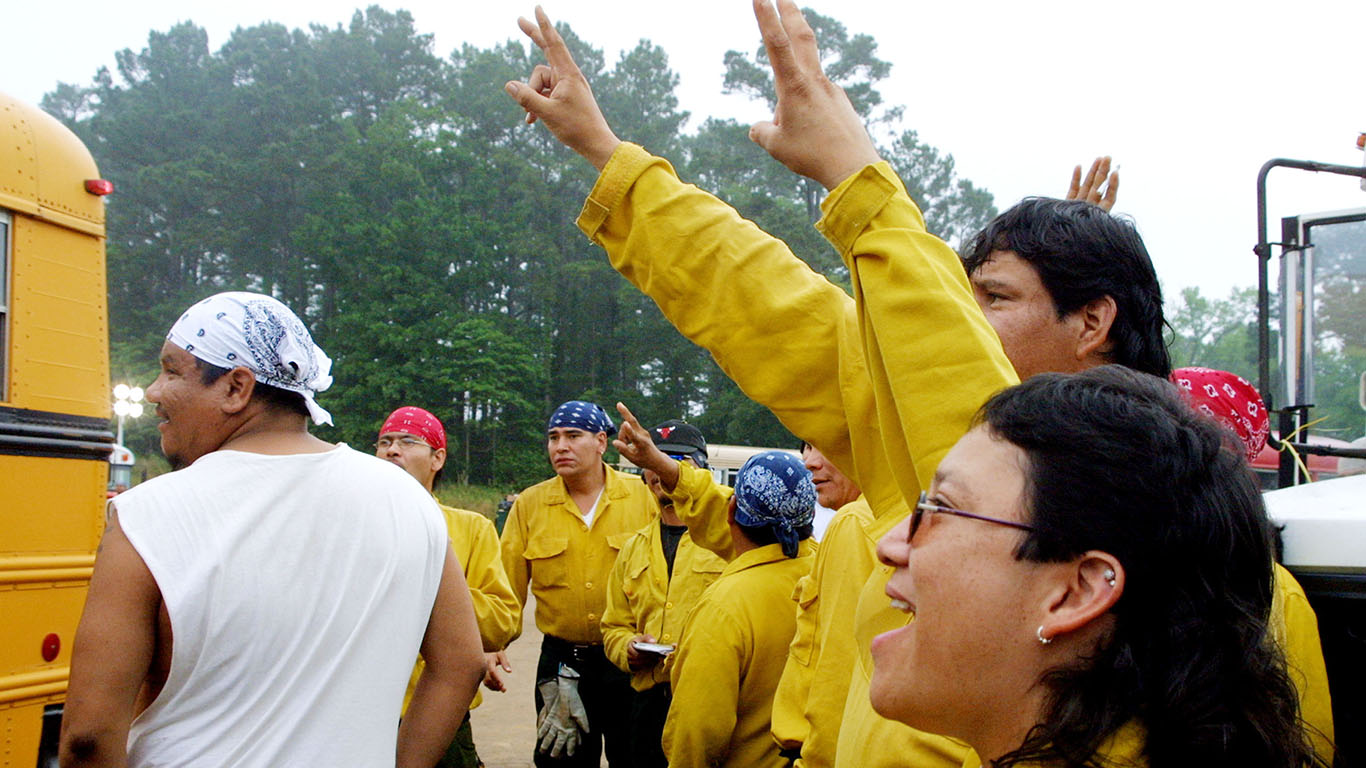
50. Wyoming
> Largest Native group: Arapaho (pop: 5,237)
> Total Native population: 12,658
> Total state population: 585,501
Take This Retirement Quiz To Get Matched With A Financial Advisor (Sponsored)
Take the quiz below to get matched with a financial advisor today.
Each advisor has been vetted by SmartAsset and is held to a fiduciary standard to act in your best interests.
Here’s how it works:
1. Answer SmartAsset advisor match quiz
2. Review your pre-screened matches at your leisure. Check out the
advisors’ profiles.
3. Speak with advisors at no cost to you. Have an introductory call on the phone or introduction in person and choose whom to work with in the future
Take the retirement quiz right here.
Thank you for reading! Have some feedback for us?
Contact the 24/7 Wall St. editorial team.
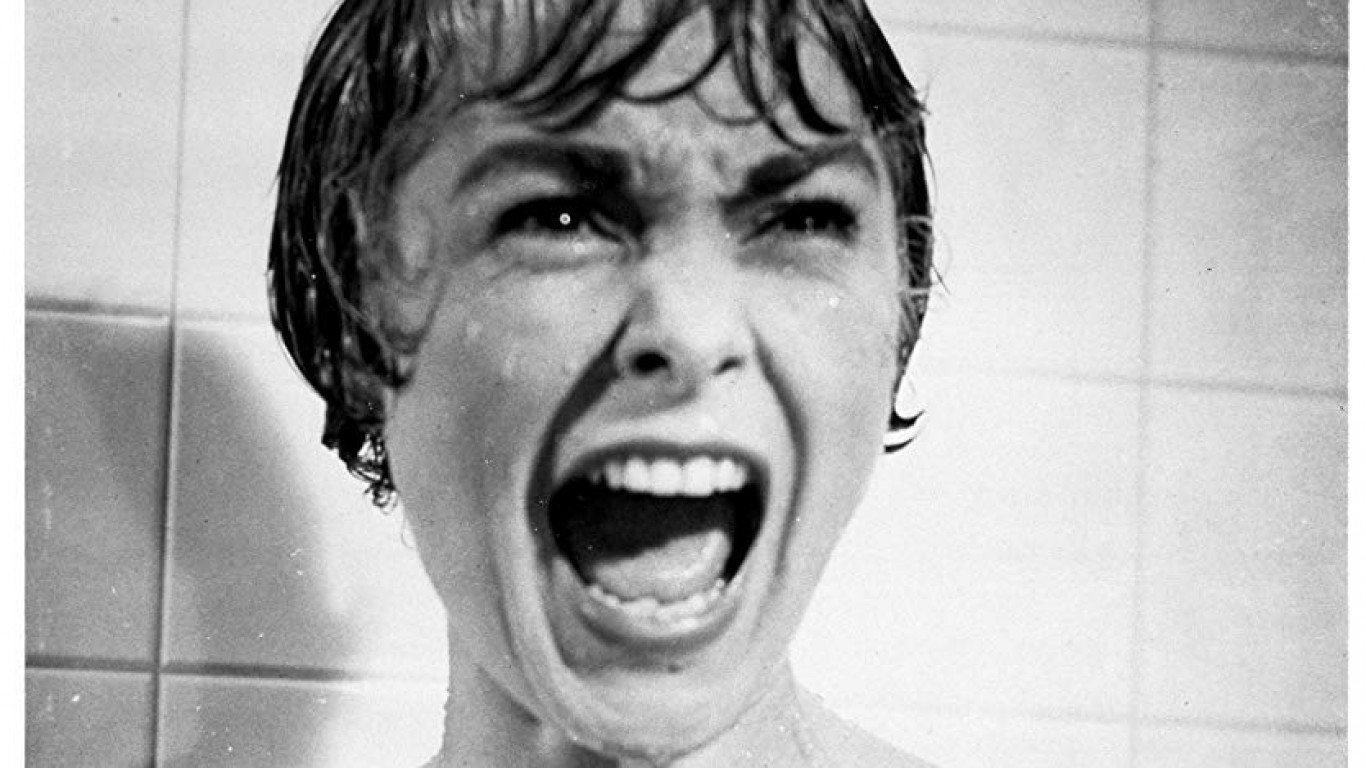 24/7 Wall St.
24/7 Wall St. 24/7 Wall St.
24/7 Wall St. 24/7 Wall St.
24/7 Wall St.
